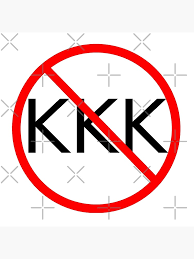Reconstruction Vocabulary
1/40
There's no tags or description
Looks like no tags are added yet.
Name | Mastery | Learn | Test | Matching | Spaced |
|---|
No study sessions yet.
41 Terms
40 acres and a mule
This slogan was created in 1864 and 1865 when the federal government settled nearly 10,000 black families on abandoned plantation land as a way to give formerly enslaved people a new start. The program was abandoned by President Andrew Johnson.
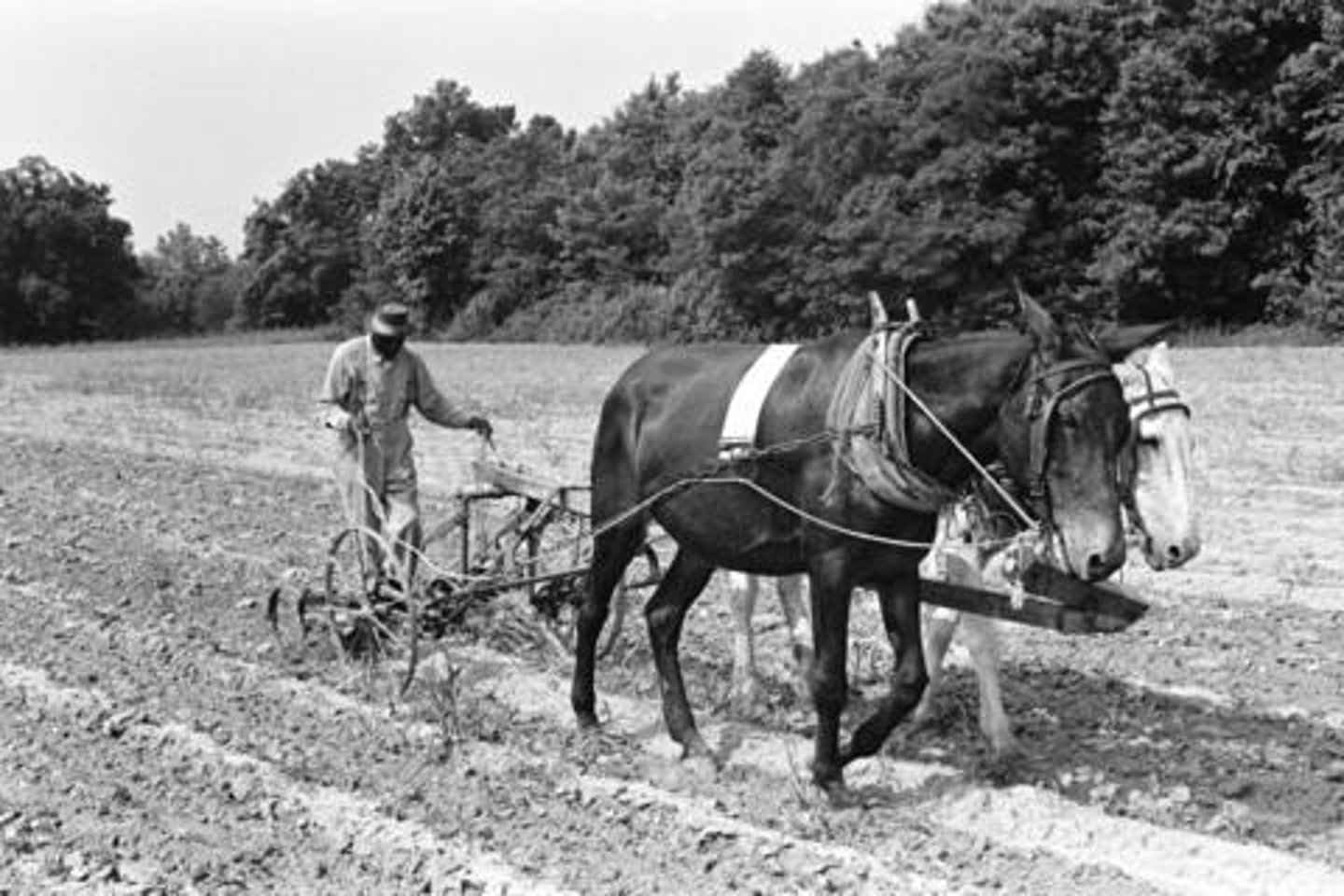
President Abraham Lincoln
16th President of the United States, saved the Union during the Civil War, signed the Emancipation Proclamation, assassinated by John Wilkes Booth.
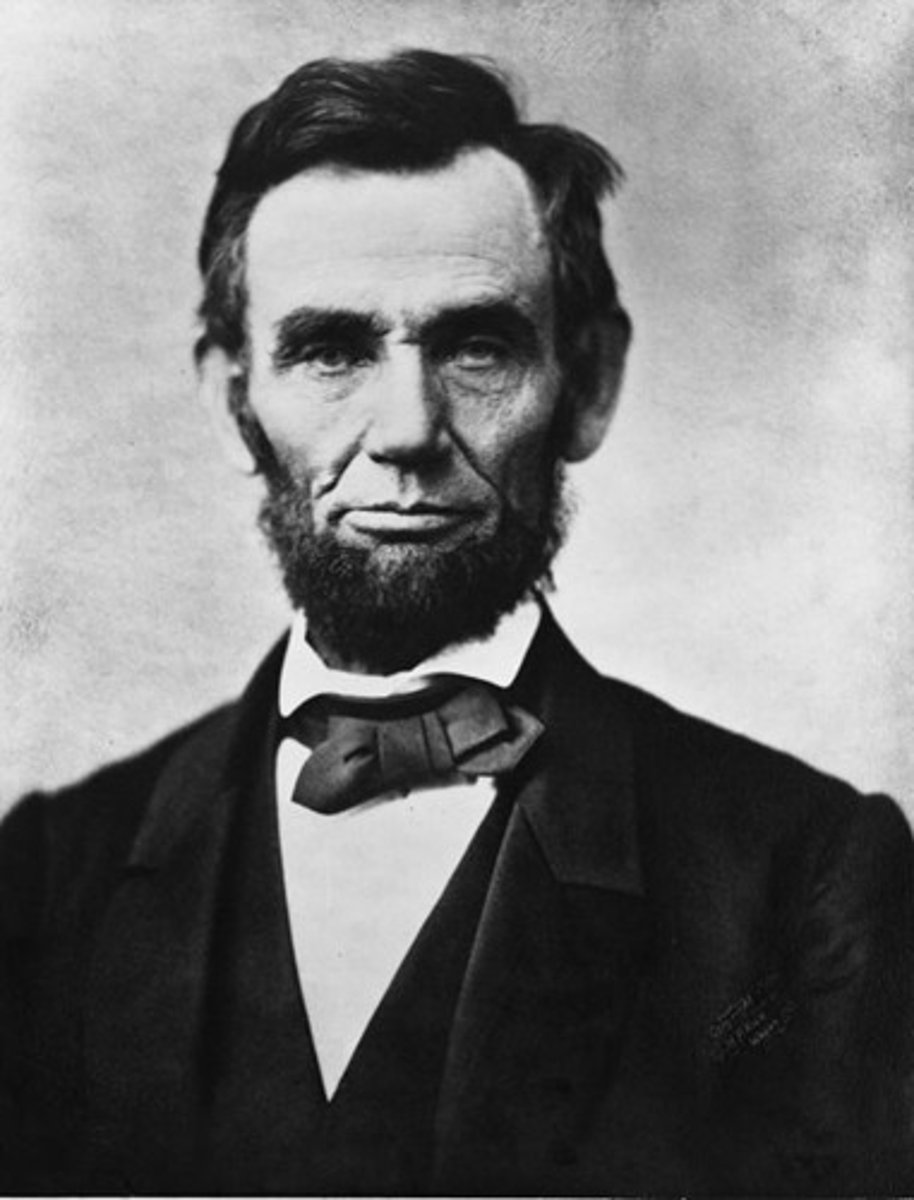
Reconstruction
The era/period after the Civil War (1865-1877) in the United States when the southern states were reorganized and reintegrated into the Union.
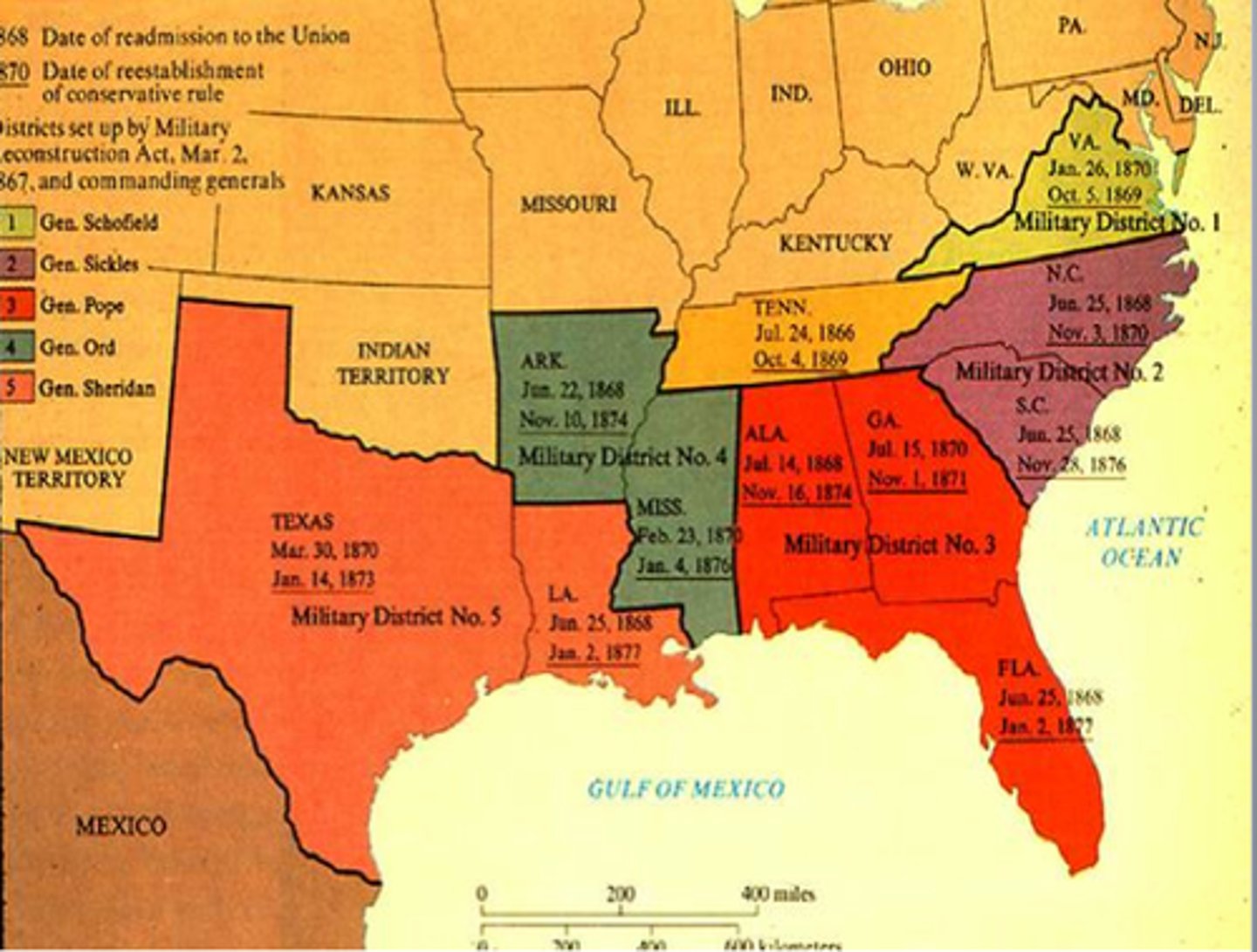
13th Amendment (1865)
Abolished and prohibited slavery in the United States (except as punishment for a crime-- a serious loophole)

Black Codes (1865-1866)
Laws passed throughout the South to restrict the rights of recently freed blacks. these laws criminalized behaviors that whites did not get in trouble for.
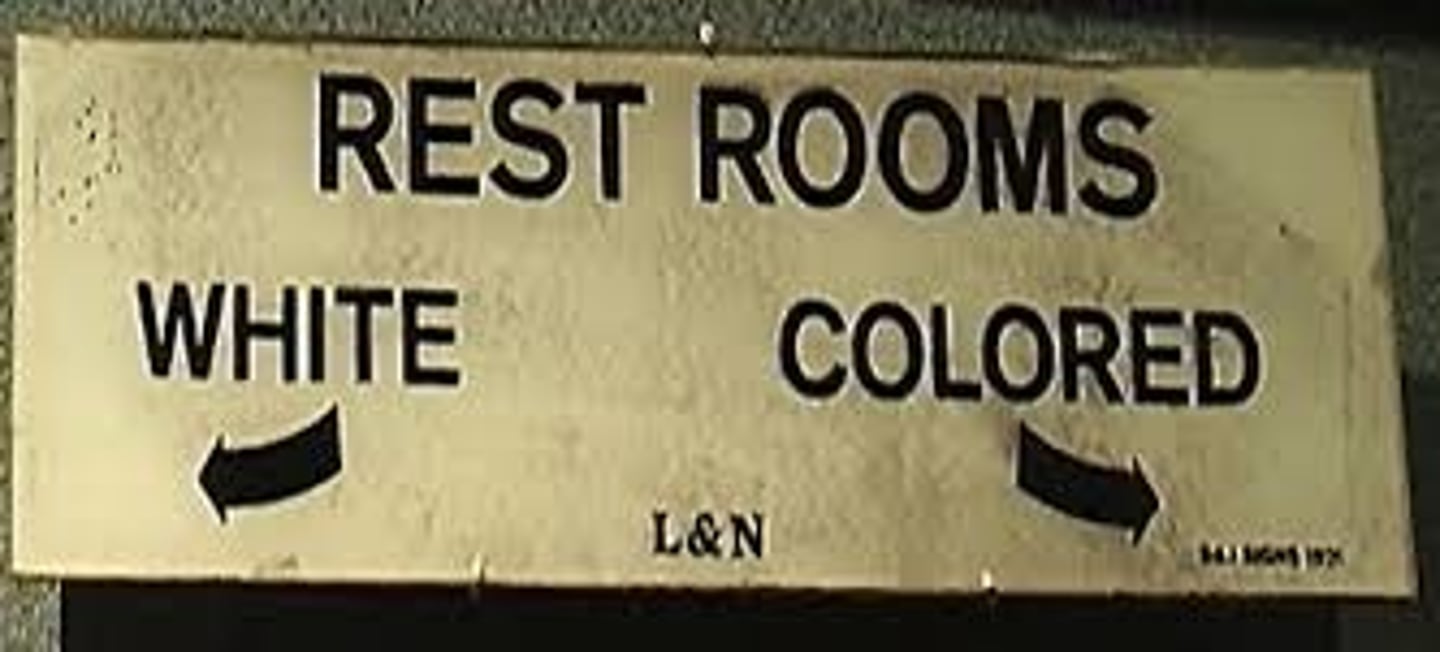
14th Amendment (1868)
This addition to the constitution guaranteed citizenship to all people born in the U.S. & ensures equal protection under the law. This was meant in part to try and push back against Black Codes.

White supremacy
The false and racist belief that whites are biologically different and superior to people of other races
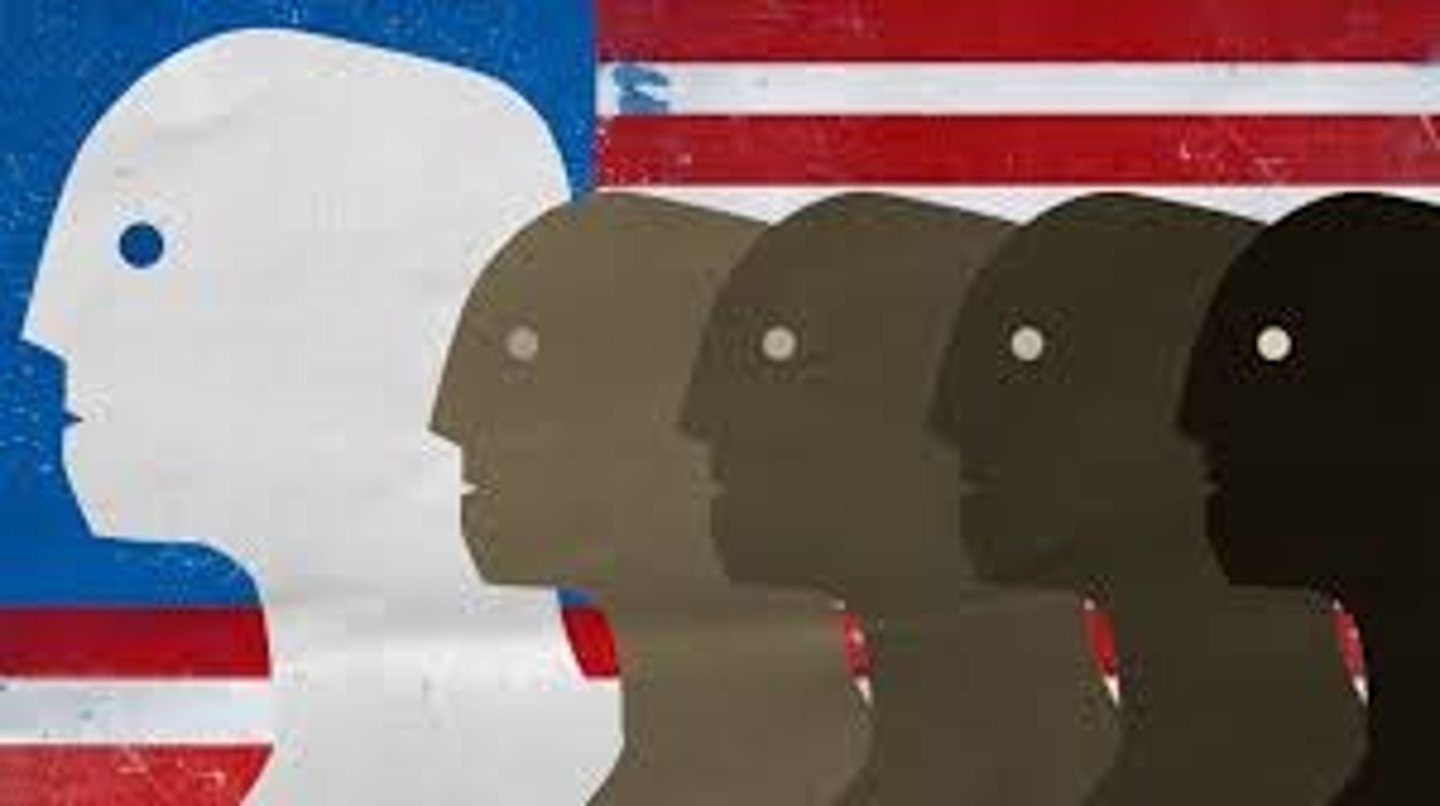
Backlash
a strong & sometimes violent public reaction against something
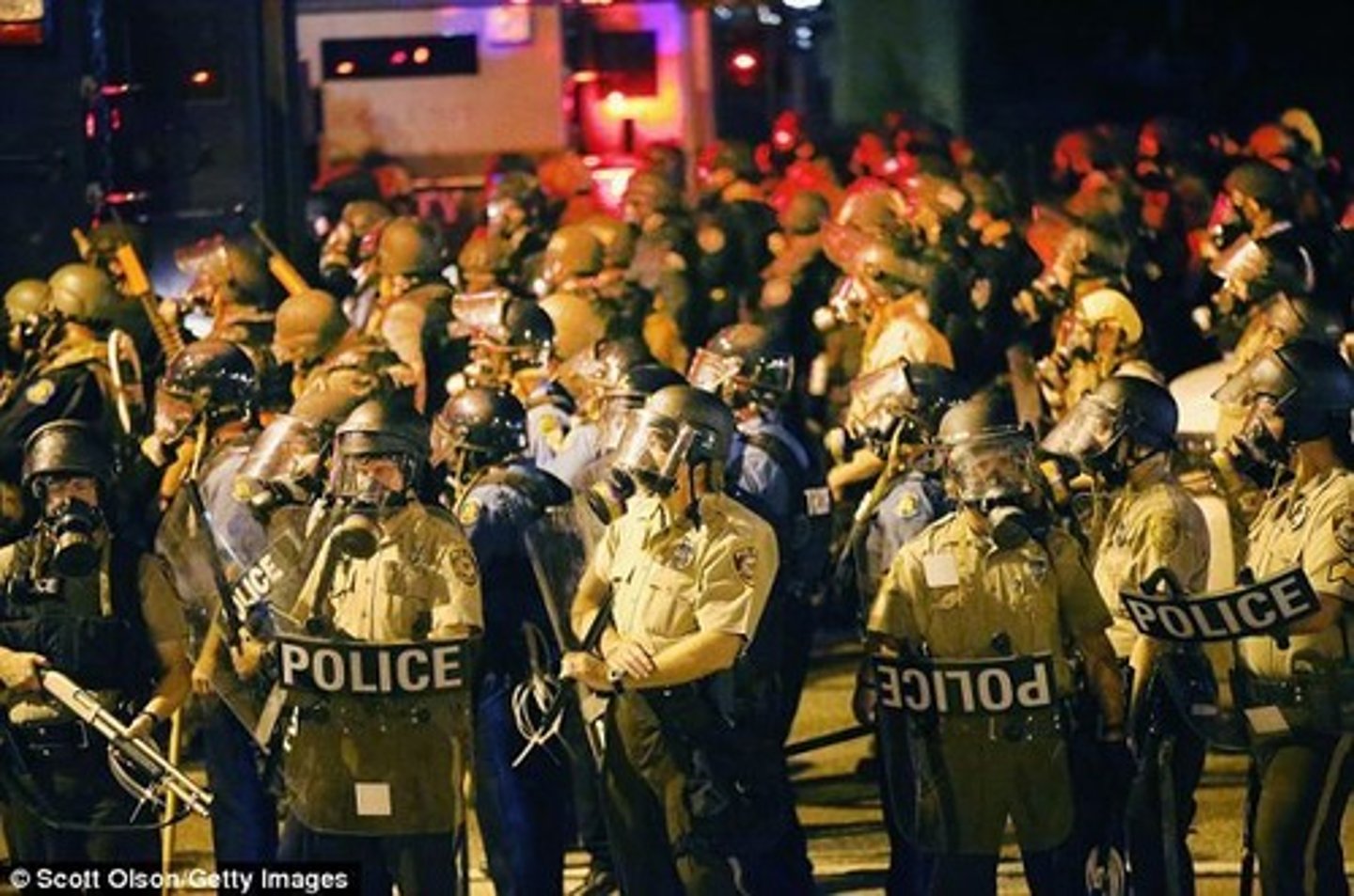
15th Amendment (1870)
A change made to the constitution that made it so U.S. gov't cannot prevent a person from voting because of race, color, or previous enslavement.
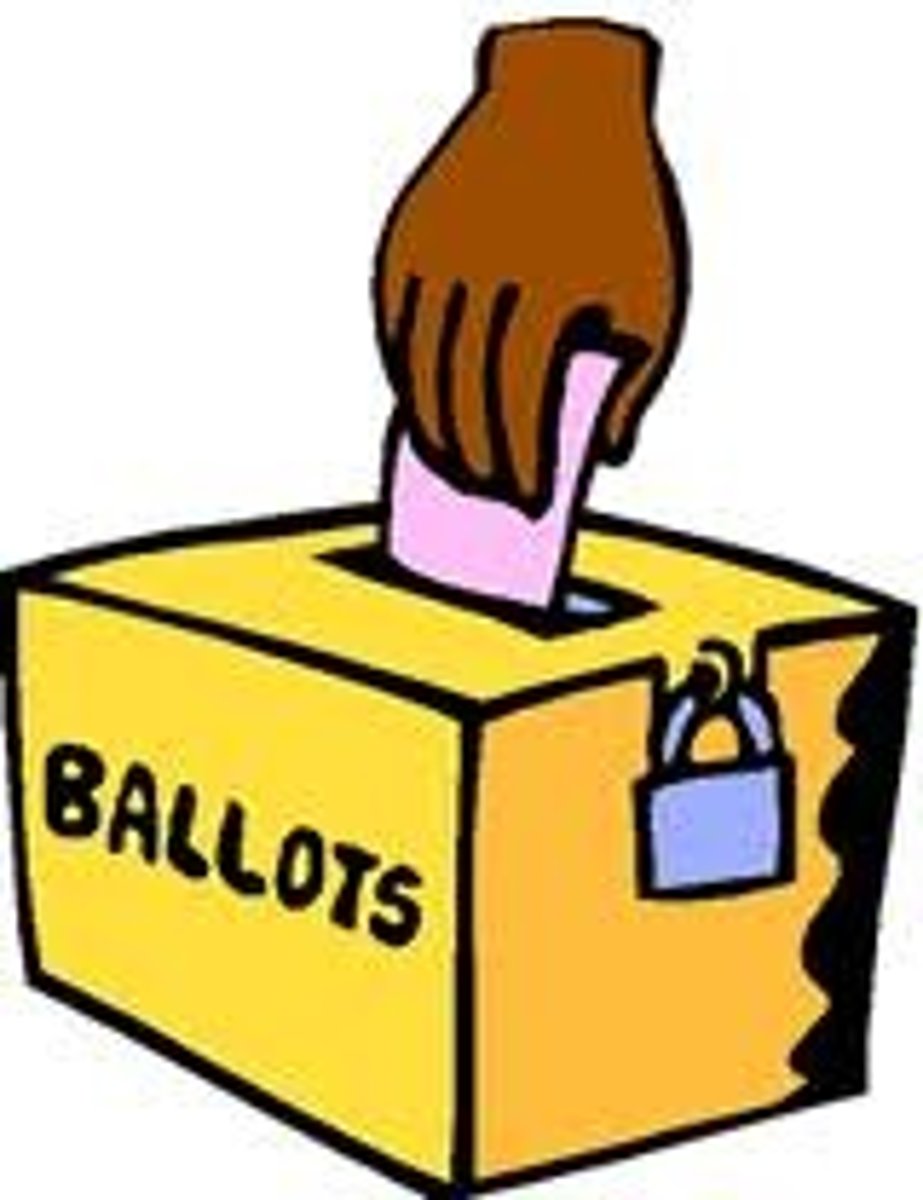
Ku Klux Klan (KKK)
A secret organization that used terrorist tactics in an attempt to restore white supremacy in Southern states after the Civil War & still exists today.
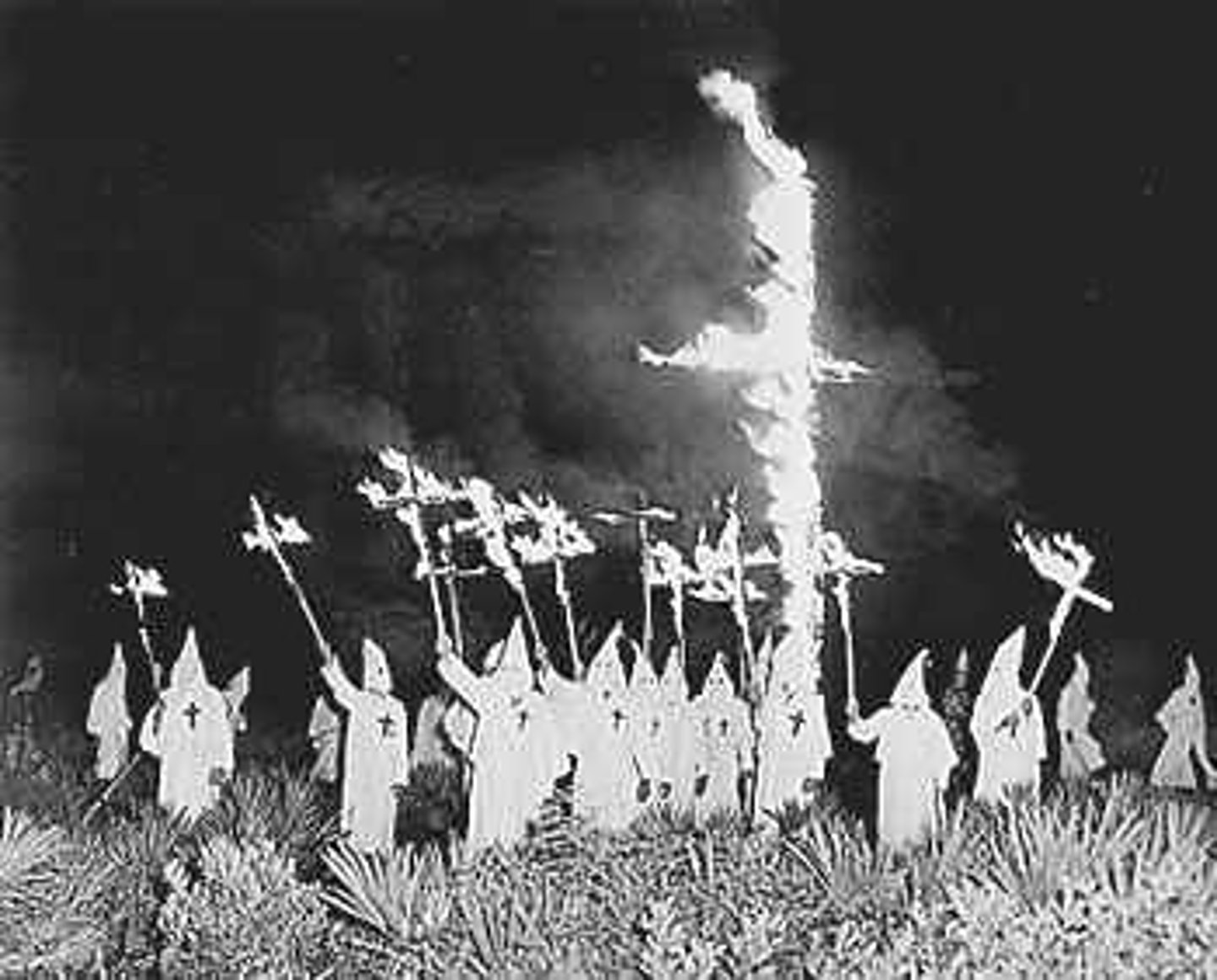
Lynching
A mob-led execution for a perceived threat to the social order. Lynching usually involved being hanged from a tree. Thousands of people who wanted equality for blacks & whites were executed by fellow community members during Reconstruction.

Ida B. Wells
Born into slavery, she later became a teacher, investigative journalist, and anti-lynching activist.
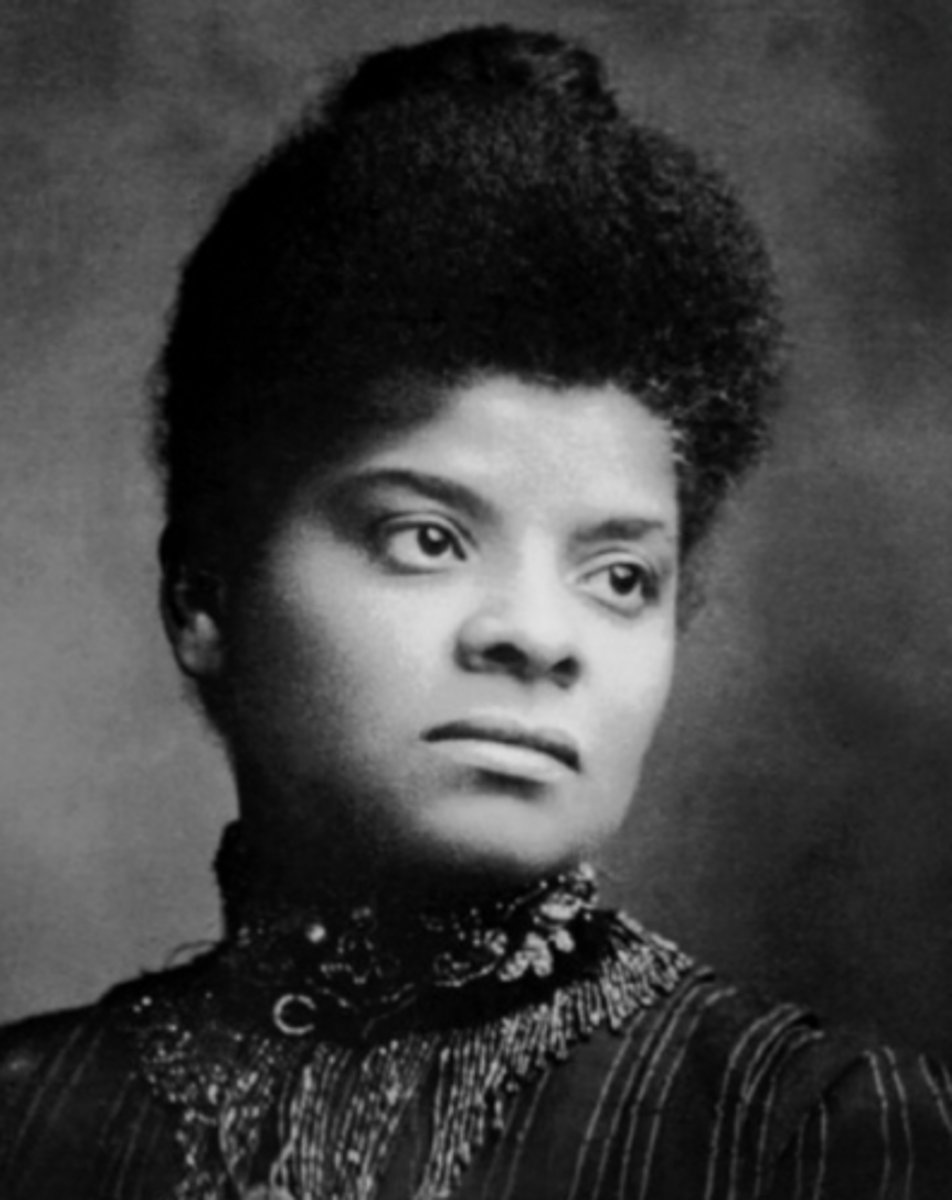
Sharecropping
A system used on southern farms after the Civil War in which farmers worked land owned by someone else in return for a small portion of the crops. This often resulted in debt & being “trapped” on the land.
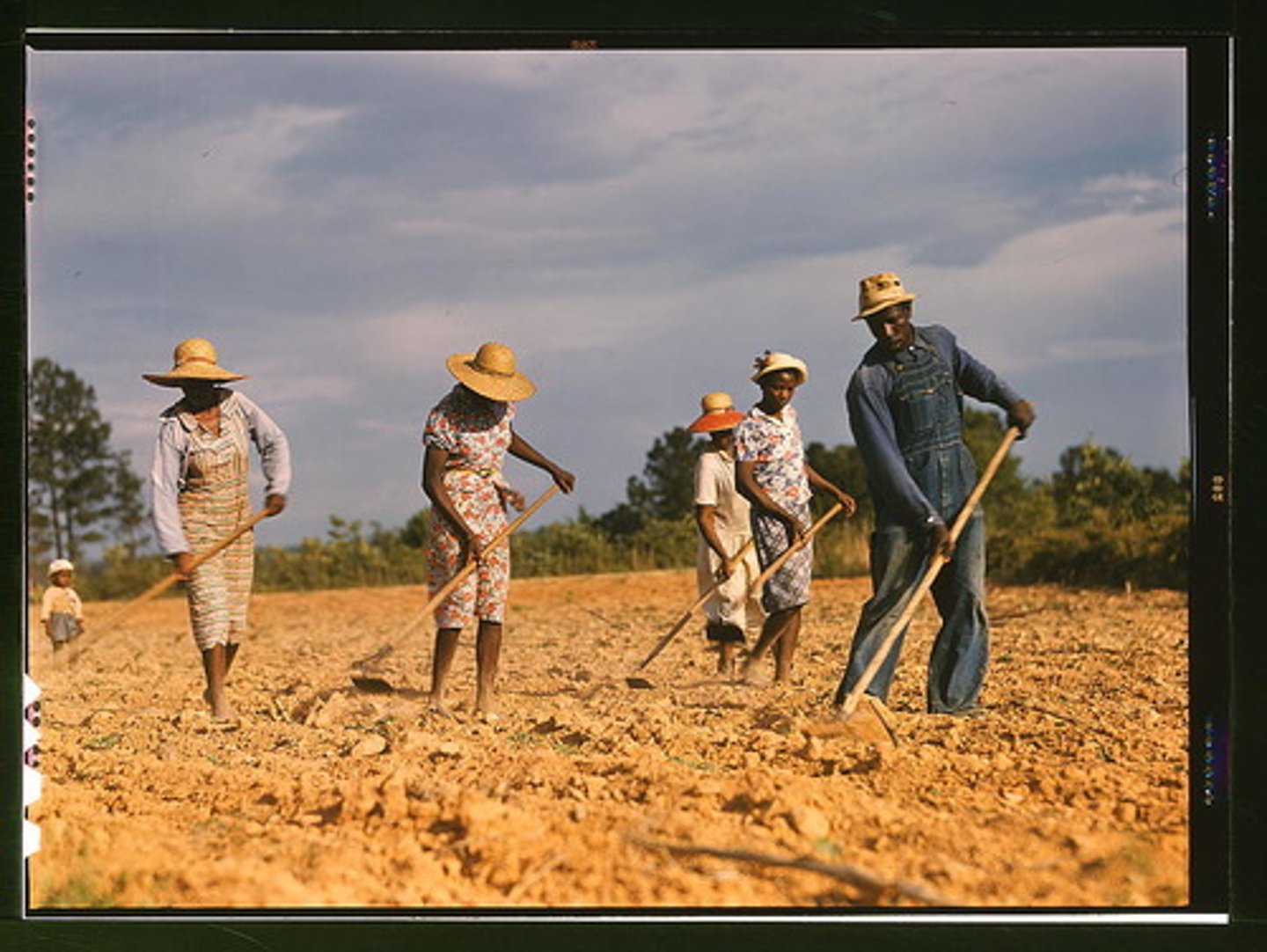
Convict leasing
A system of forced prison labor practiced in the Southern United States. This was essentially a loophole for continuing slavery in some way.
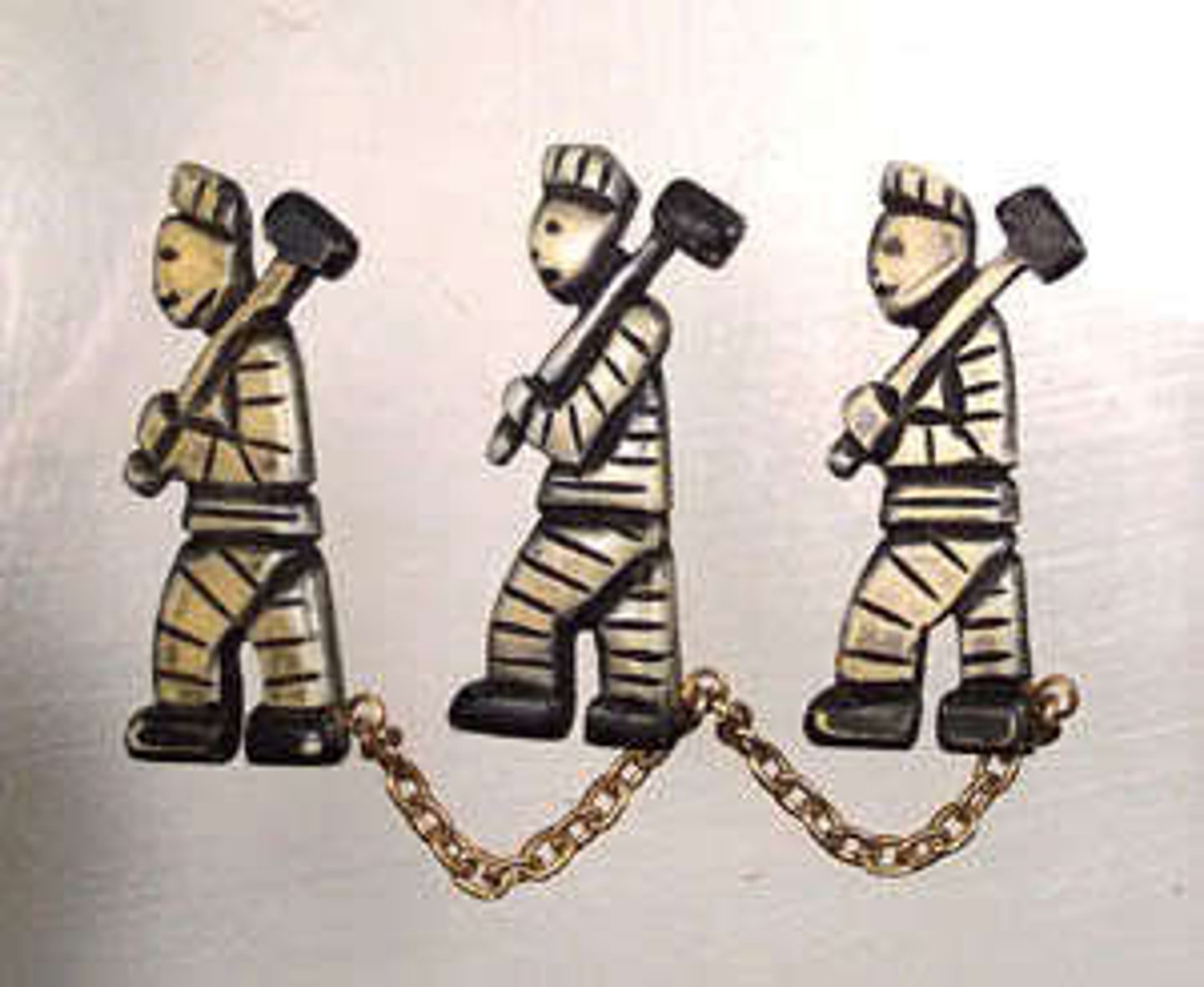
President Andrew Johnson
17th President of the United States, A Southerner form Tennessee, as V.P. when Lincoln was killed, he became president. He was much less supportive of equal rights for Freedmen.
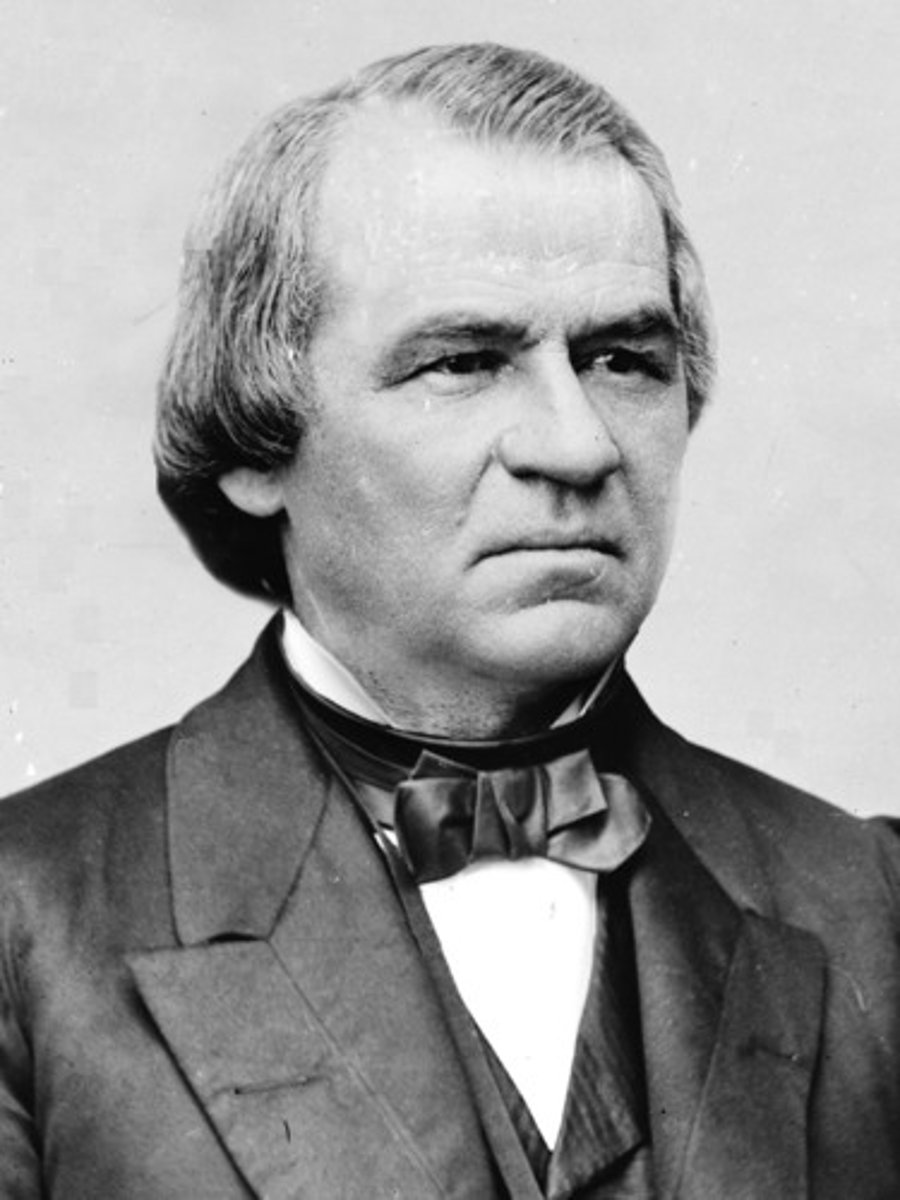
Compromise of 1877
Event in which Rutherford Hayes became president instead of Samuel Tilden after a very close election in 1876. Hayes presidency was recognized in exchange for officially ending Reconstruction by withdrawing military troops from their task of supervising southern states.
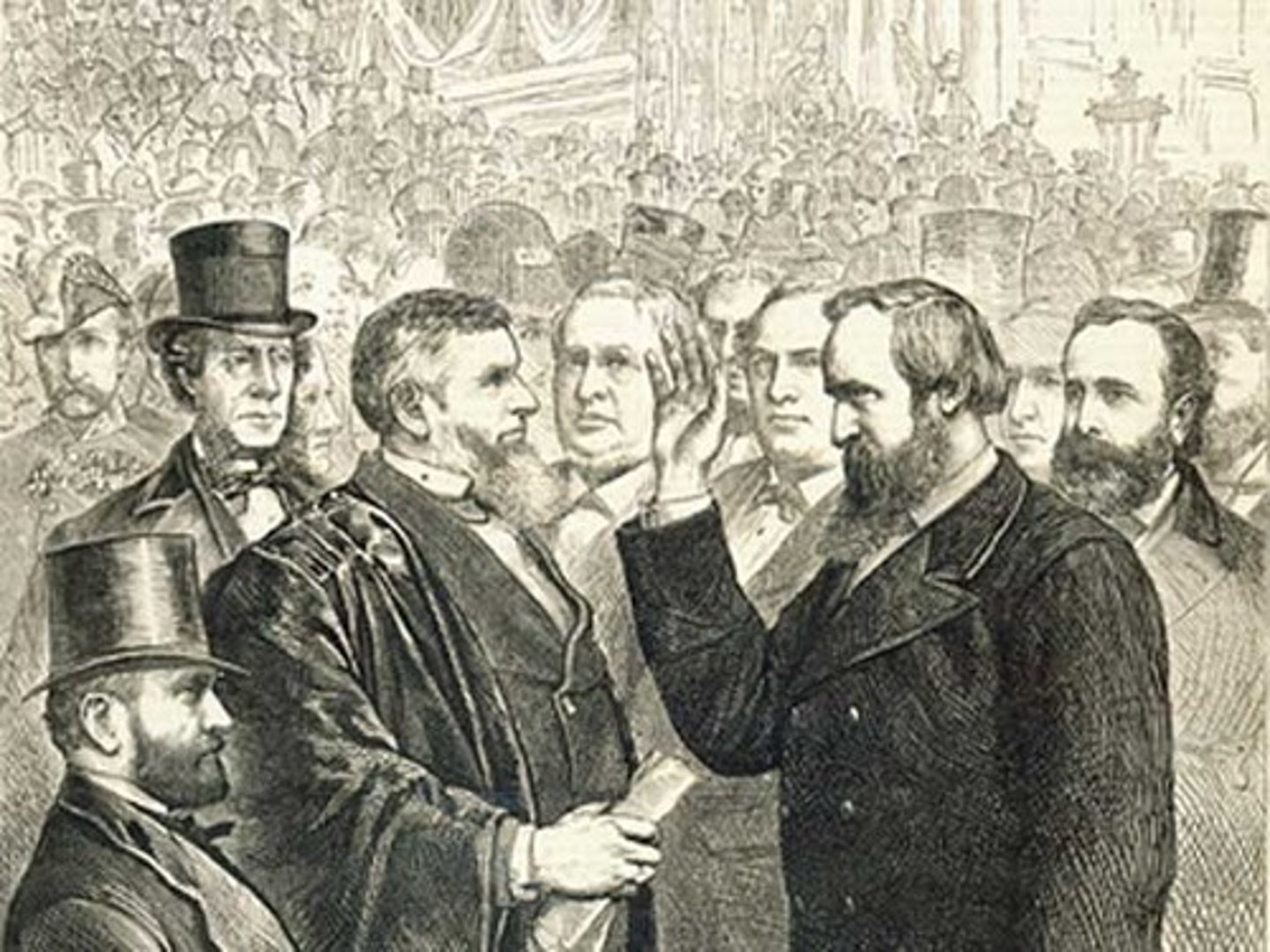
Freedman's Bureau, 1865-1872
A federal program set up to help freedmen and white refugees after Civil War. Provided food, clothing, medical care, and education until funding was cut by President Andrew Johnson.
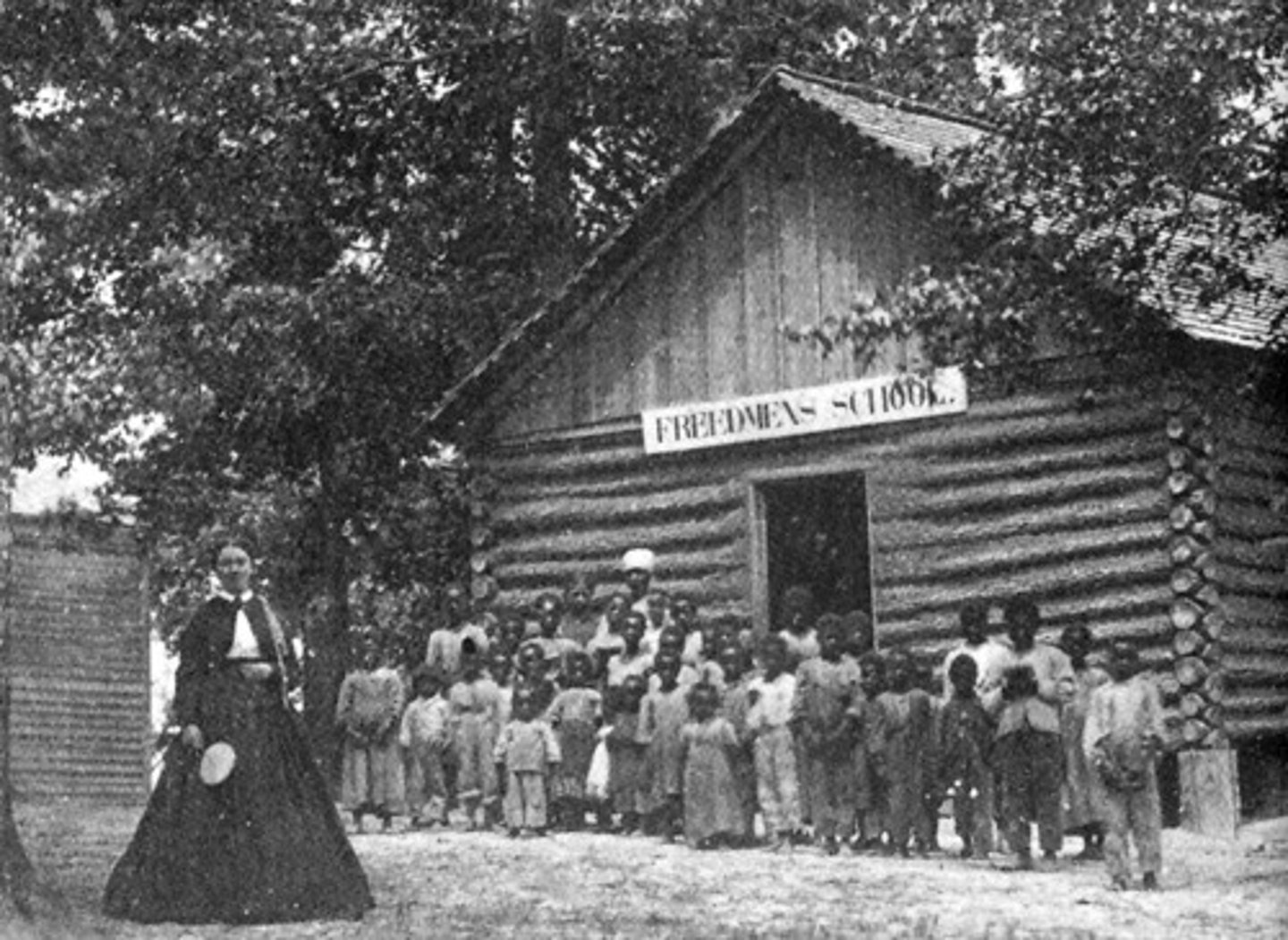
Military Reconstruction Act of 1867
Congressional law that imposed military rule on the South and demanded harsh conditions for readmission of the seceded states. This law provided “supervision” of Southern states & helped register Black men to vote in the south.
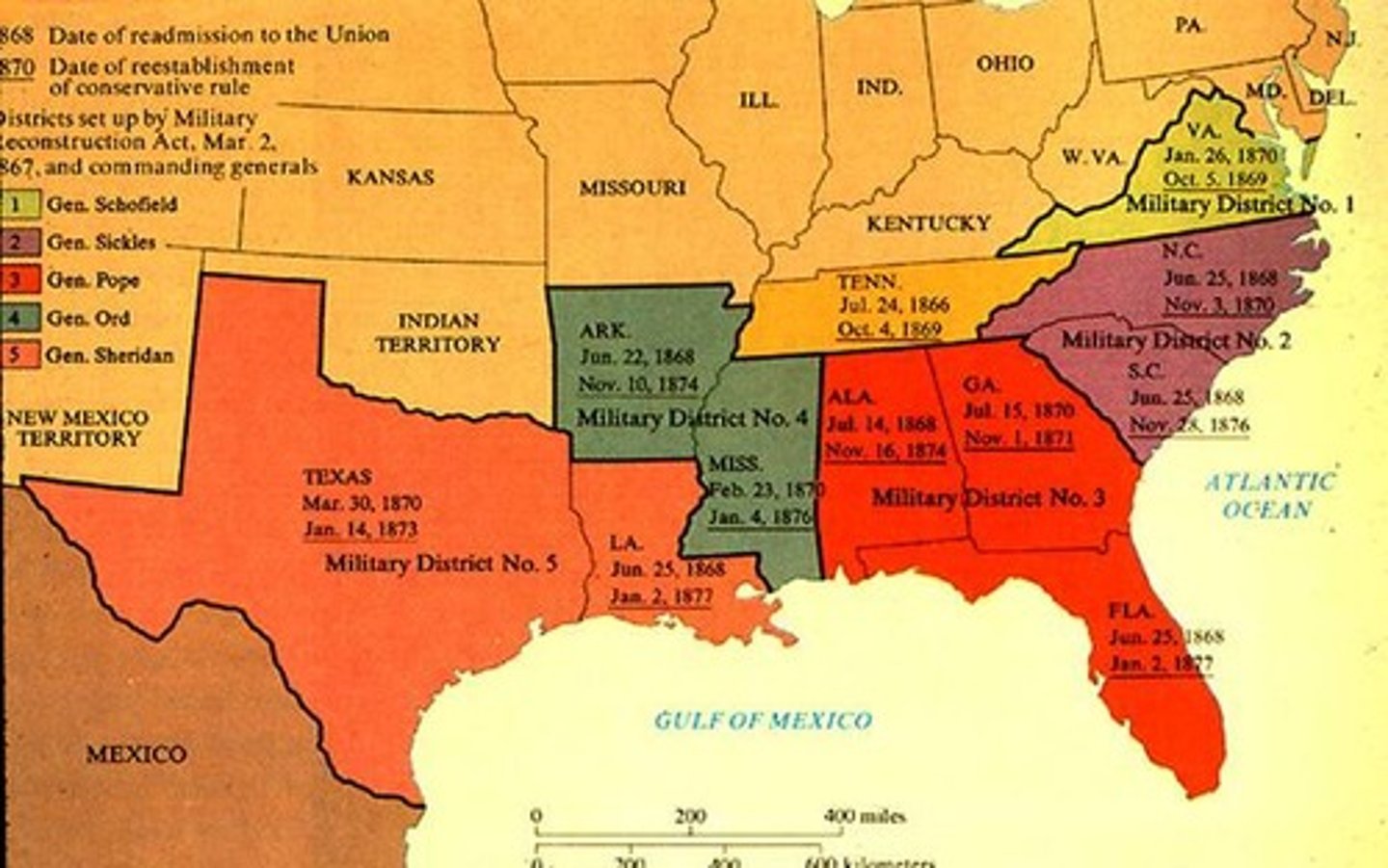
Freedmen
formerly enslaved people
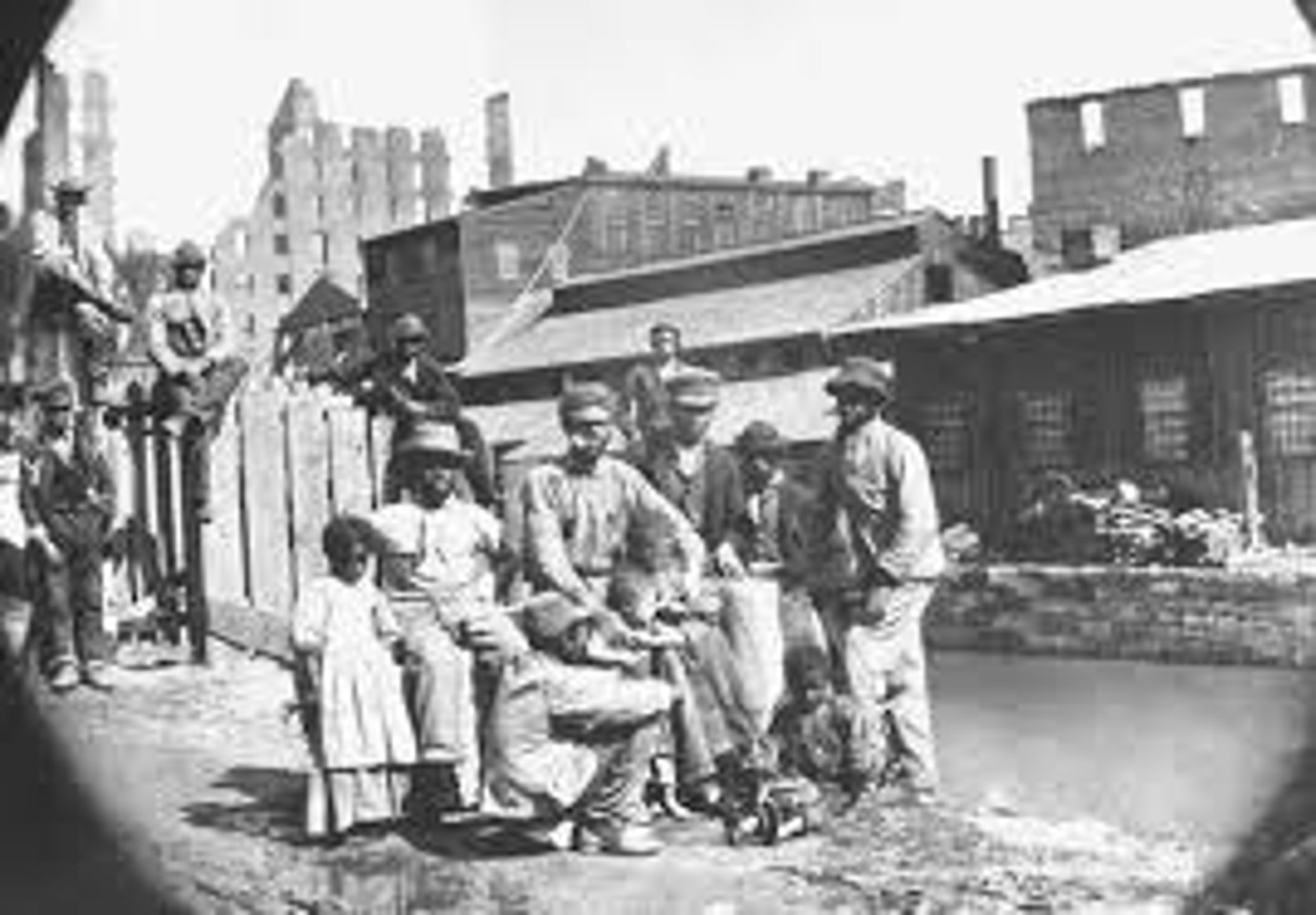
Radical Republicans
A group of Black & White Congressmen who strongly supported strengthening civil rights for freedmen.
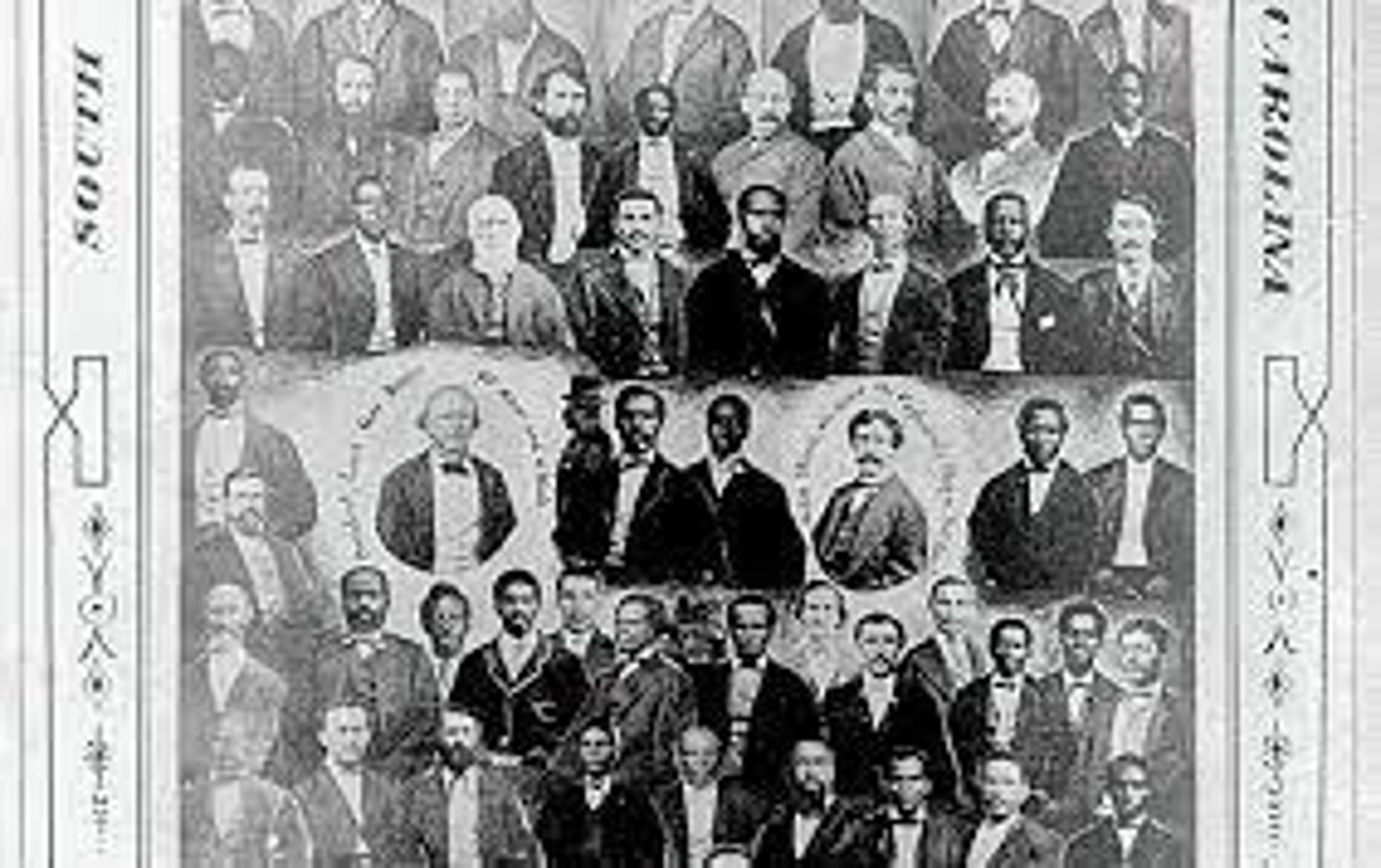
CCERS paragraph
The type of body paragraph format we will use in Social Studies, standing for: Claim, Context, Evidence, Reasoning, Sum It Up

Claim
In SS class, this goes 1st in a body paragraph. It is a one- sentence statement that answers the question at hand, complete with reason(s) or "because" statement.
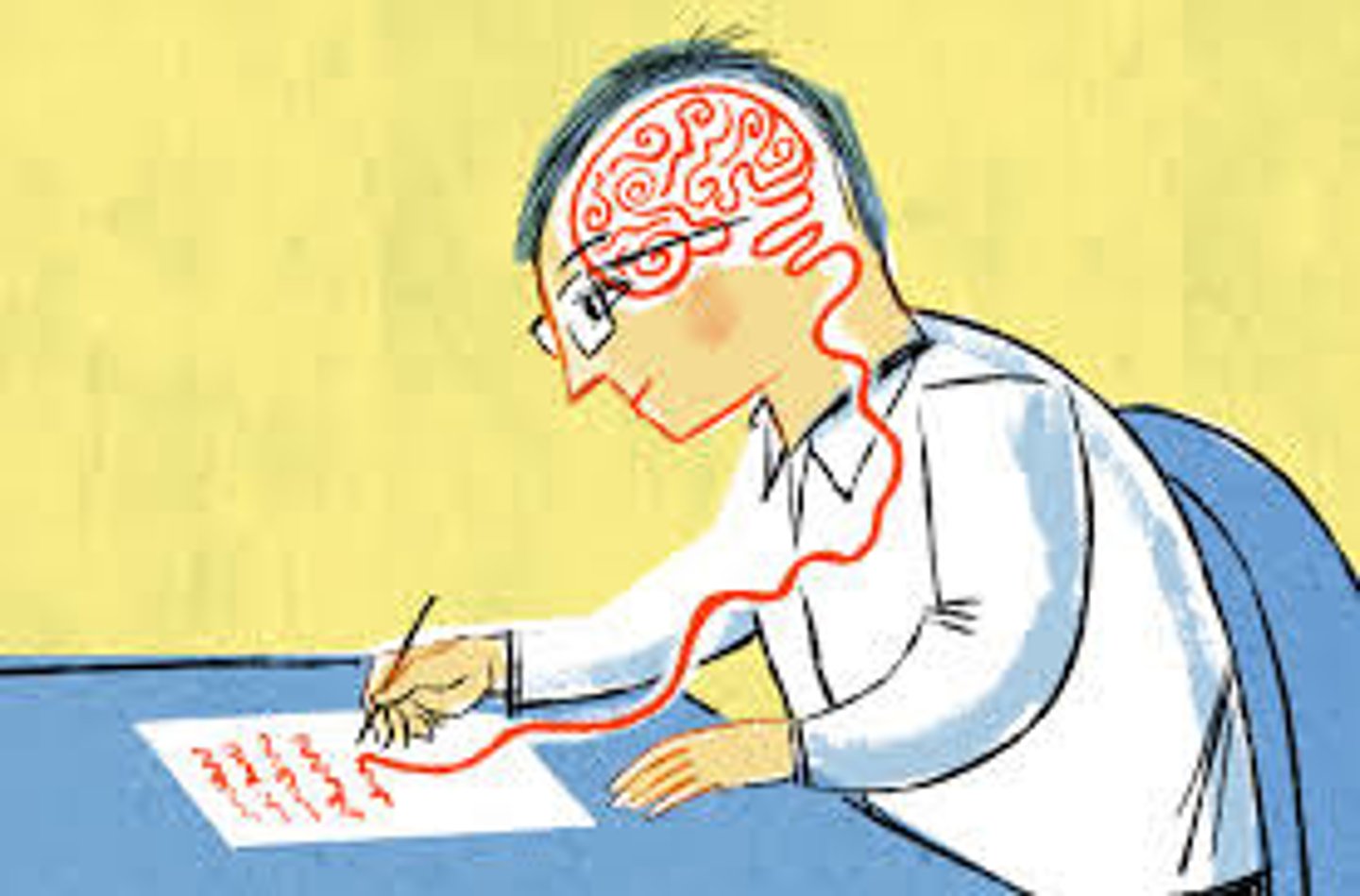
Context
In SS class, this goes 2nd in the body paragraph, after the claim & before the evidence. It is background information about the event/time period/topic AND the source you are pulling evidence from.

Evidence
In SS class, this goes 3rd in the body paragraph, after the context & before the reasoning. This part of the writing is ~2-4 sentences in "quotes," copy & pasted from the text, to support the claim.
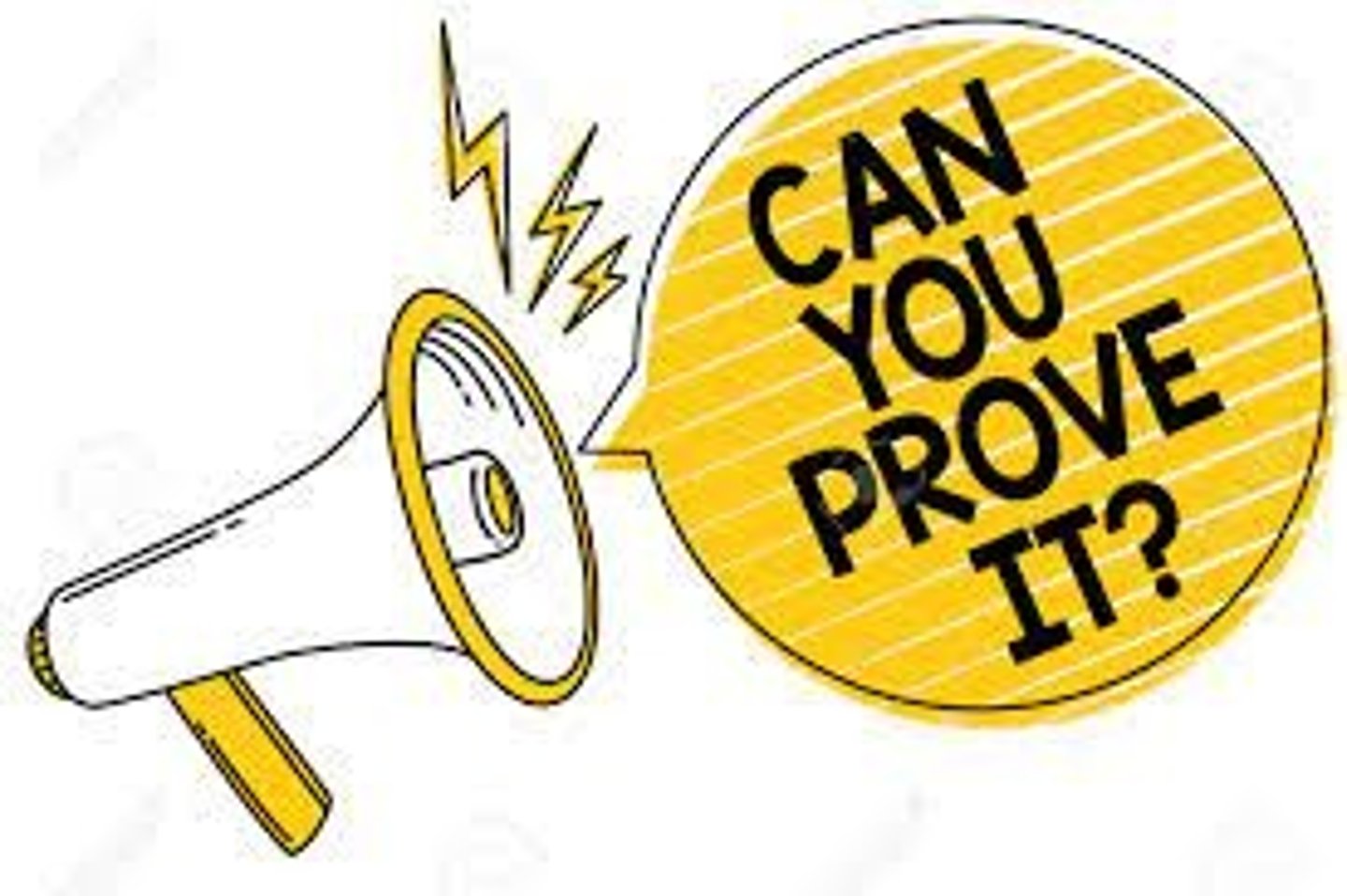
Ellipsis
Three periods (...) indicating that you are connecting two different ideas from the same text, and leaving out the section in between.

Reasoning
In SS class, this goes 4th in the body paragraph. This part of writing should be 3+ strong sentences that analyze the evidence, explaining how it supports the claim, making connections & inferences.

Sum It Up
In SS class, this goes last & 5th in the body paragraph. It is a concluding statement that restates the claim in a new way.

Transitions
words or phrases used to connect ideas together in your writing (ex: However, | Additionally, | Ultimately)
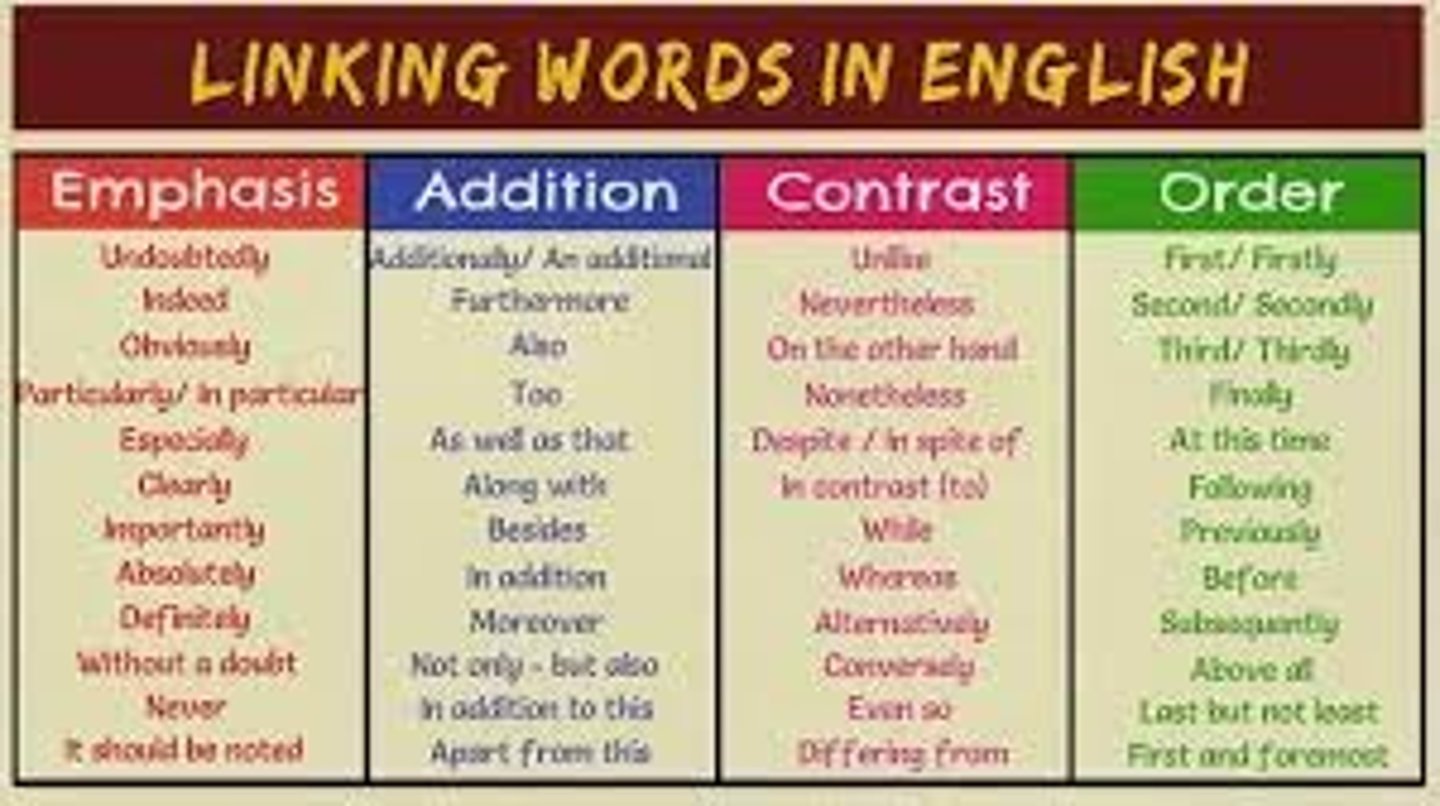
primary source
an account of an event created by someone who took part in or witnessed the event (ex: firsthand photos/videos, diary entries, interviews, etc.)
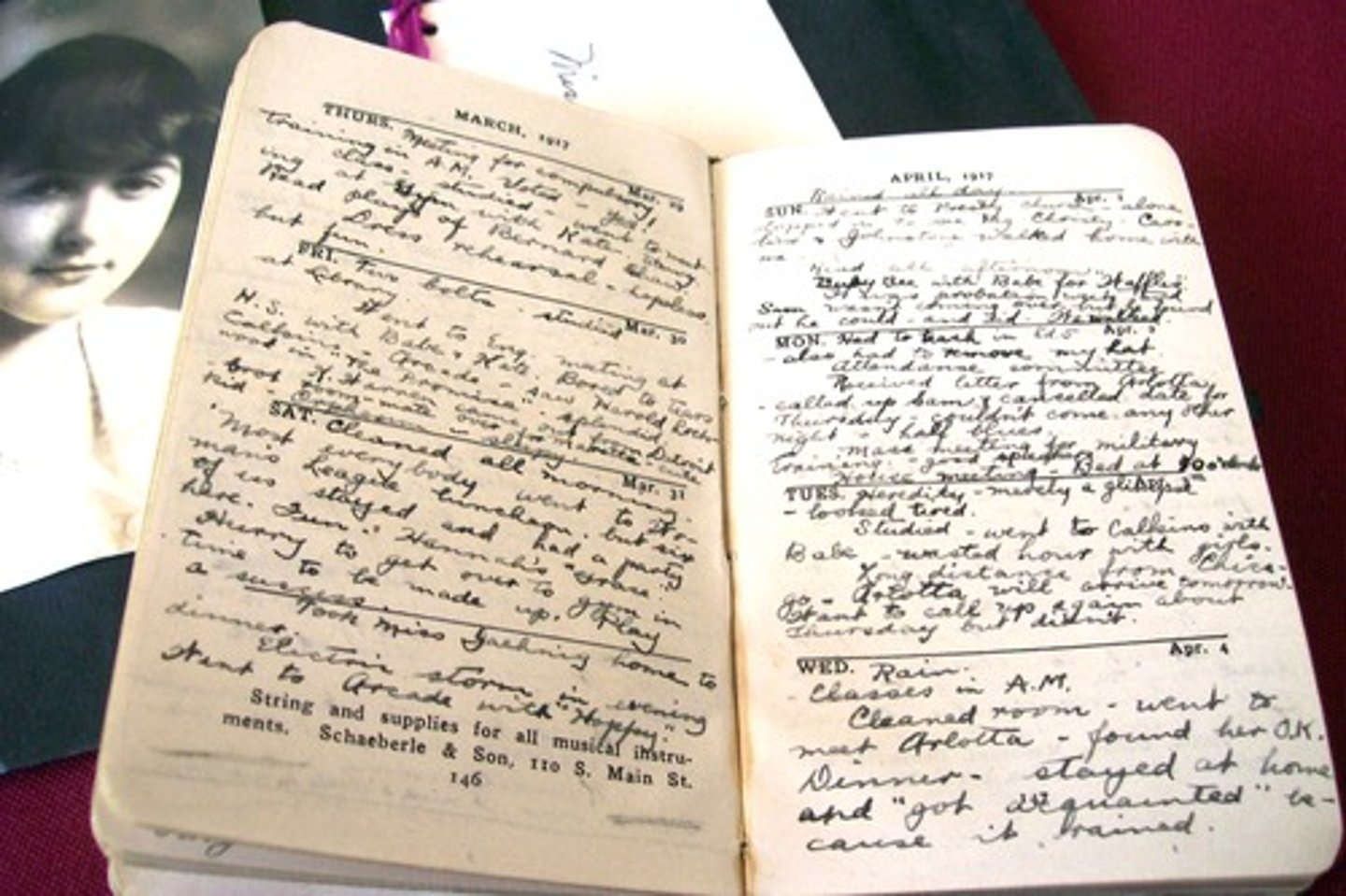
secondary source
A secondhand account of a past event, created by someone who didn't experience the event themselves but used primary sources to come to their conclusions. Examples include encyclopedias, articles, textbooks, etc.
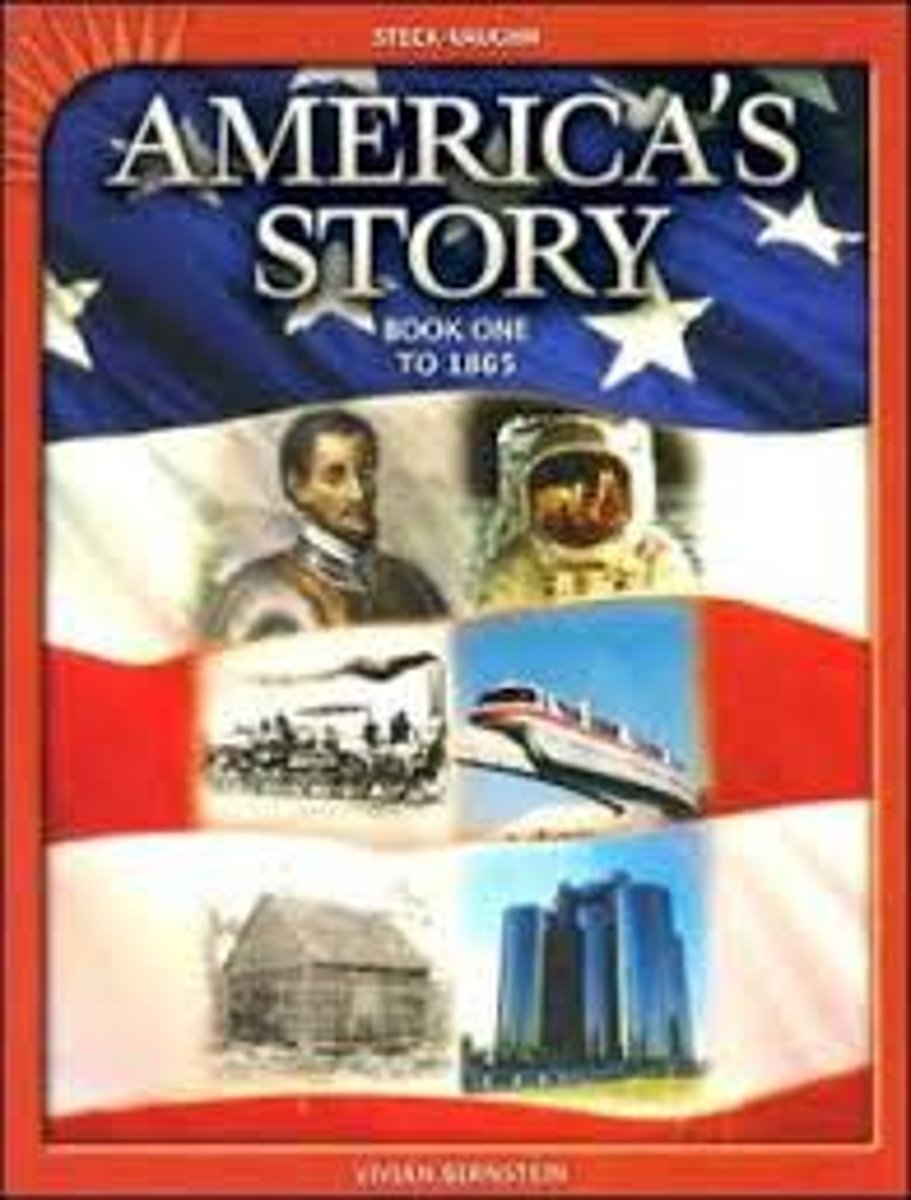
Hiram Revels
The first African American to serve in the U.S. Congress.
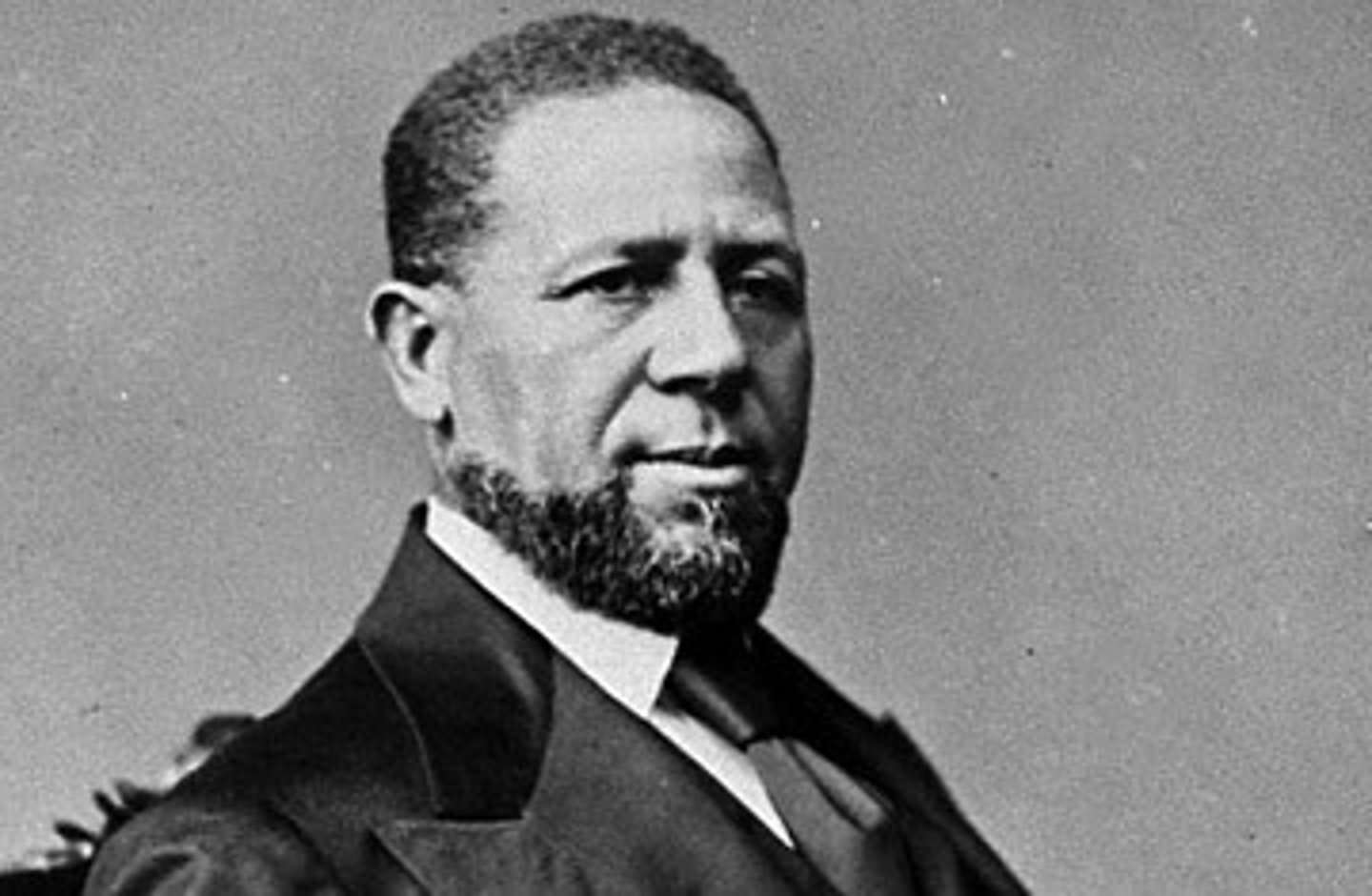
Ku Klux Klan Act of 1871
This was a federal law created in response to KKK violence during Reconstruction under Prez. Grant. It threatened southern states with military action unless they stopped the terrorizing of blacks and denying them the right to vote.
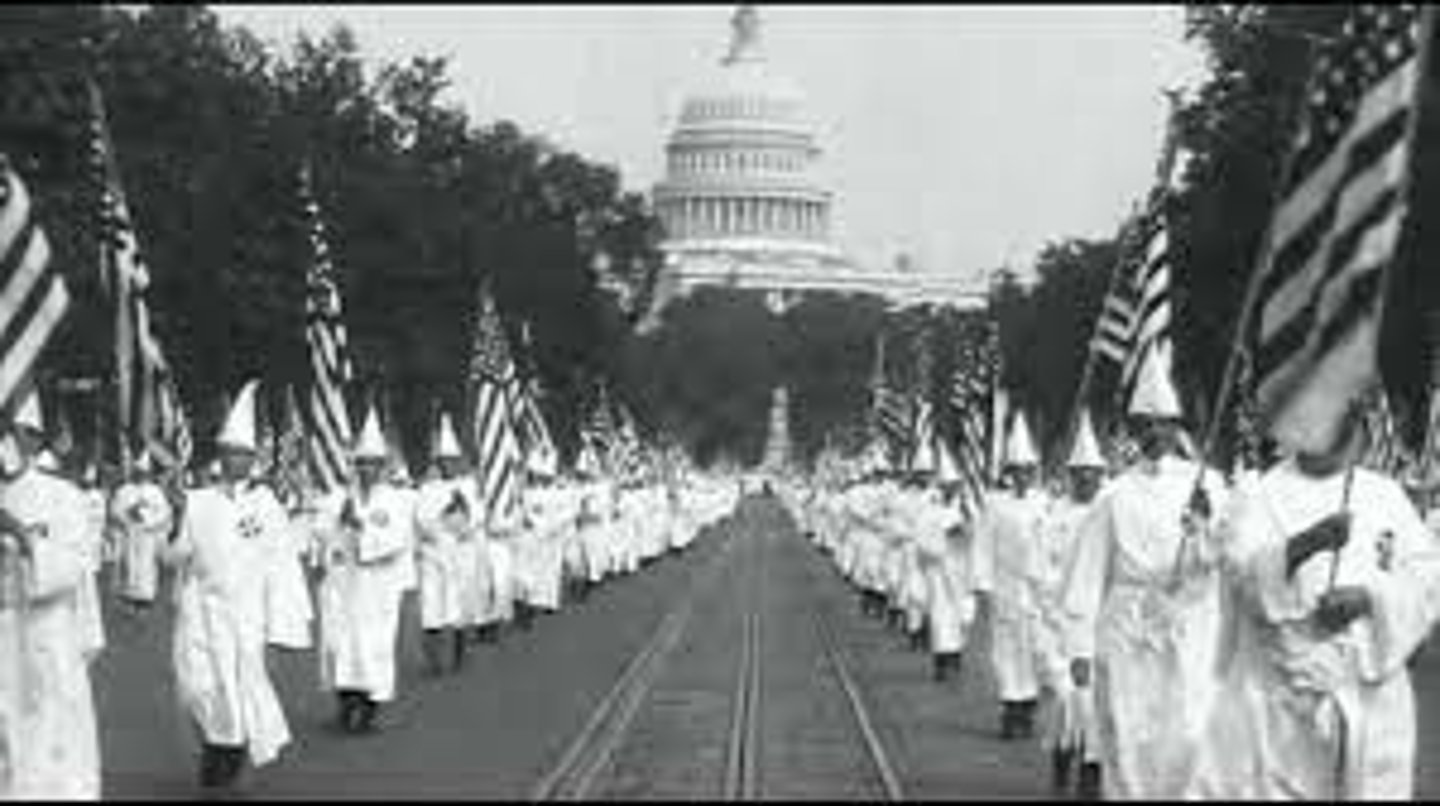
President Ulysses S. Grant
An American general and the eighteenth President of the United States, during Reconstruction (1869-1877). He achieved international fame as the leading Union general in the American Civil War.
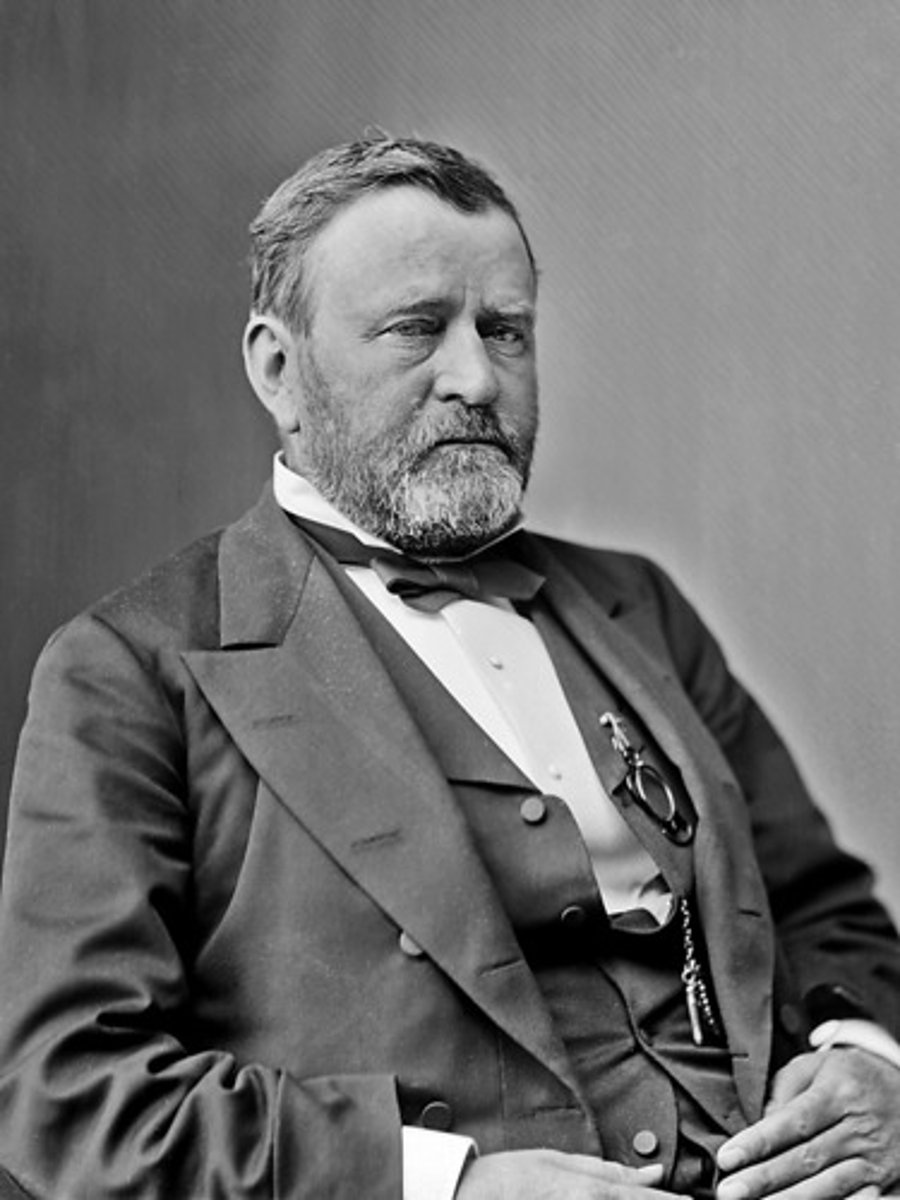
President Rutherford B. Hayes (1877-1881)
Elected in 1876, he effectively ended Reconstruction efforts by pulling federal military troops out of Southern states and allowing them to make their own rules & regulations for recently-freed Black Americans.
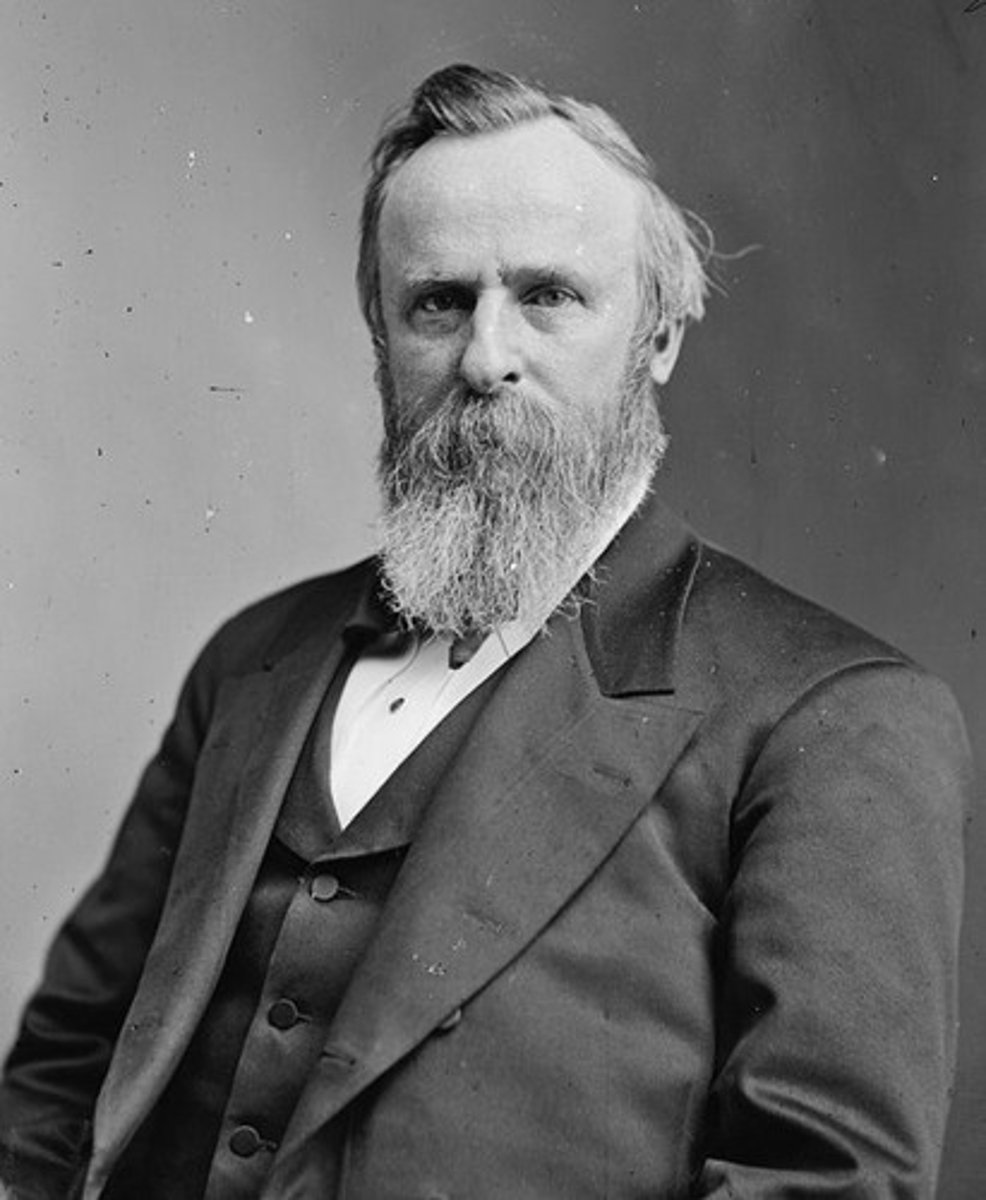
Poll tax
A requirement that citizens pay a tax/fee in order to register to vote. This was meant to discourage low-income black people from voting in Reconstruction and beyond.
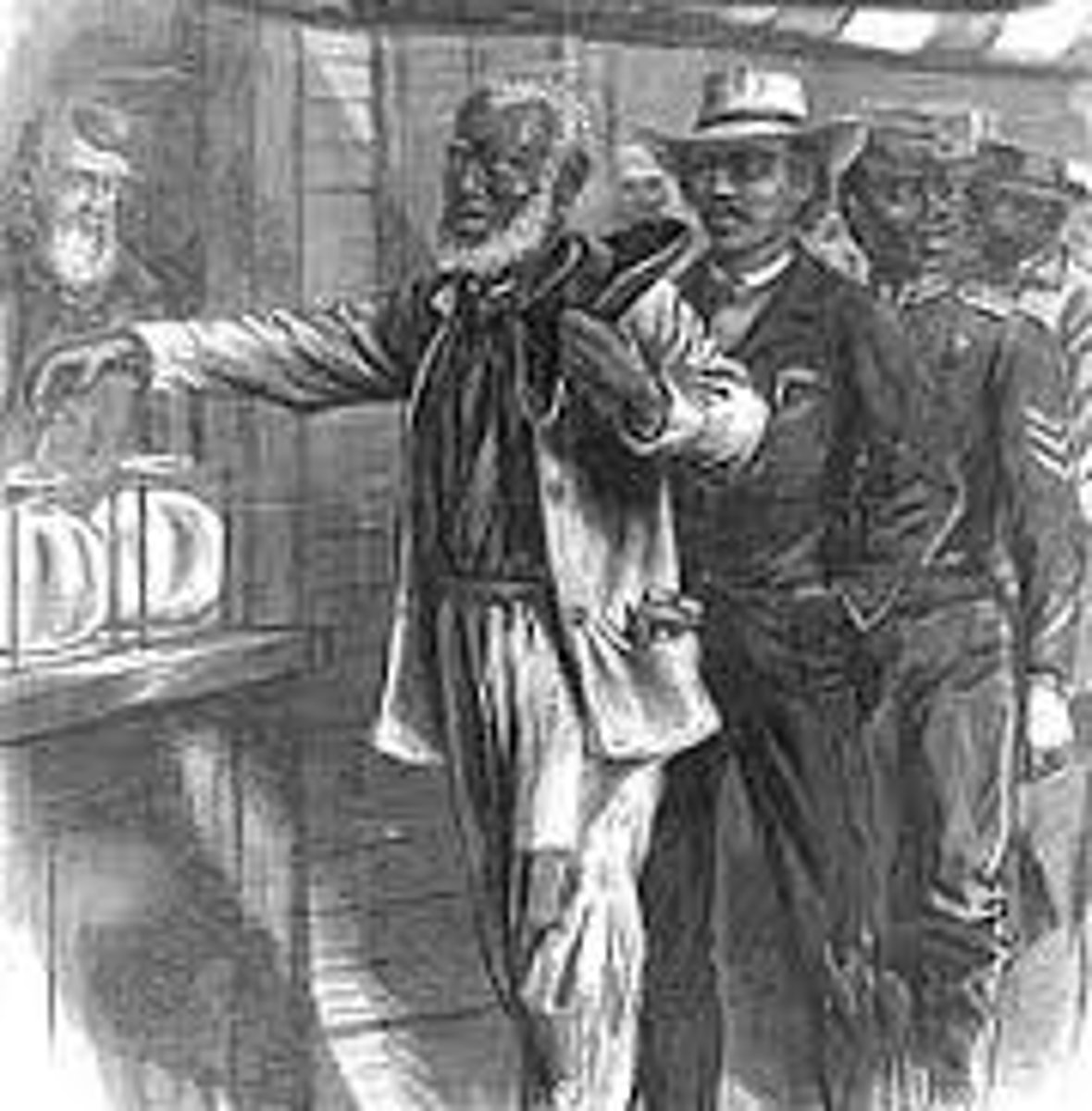
Plessy v. Ferguson
a 1896 Supreme Court decision which legalized state ordered segregation so long as the facilities for blacks and whites were equal ("separate but equal" rule)
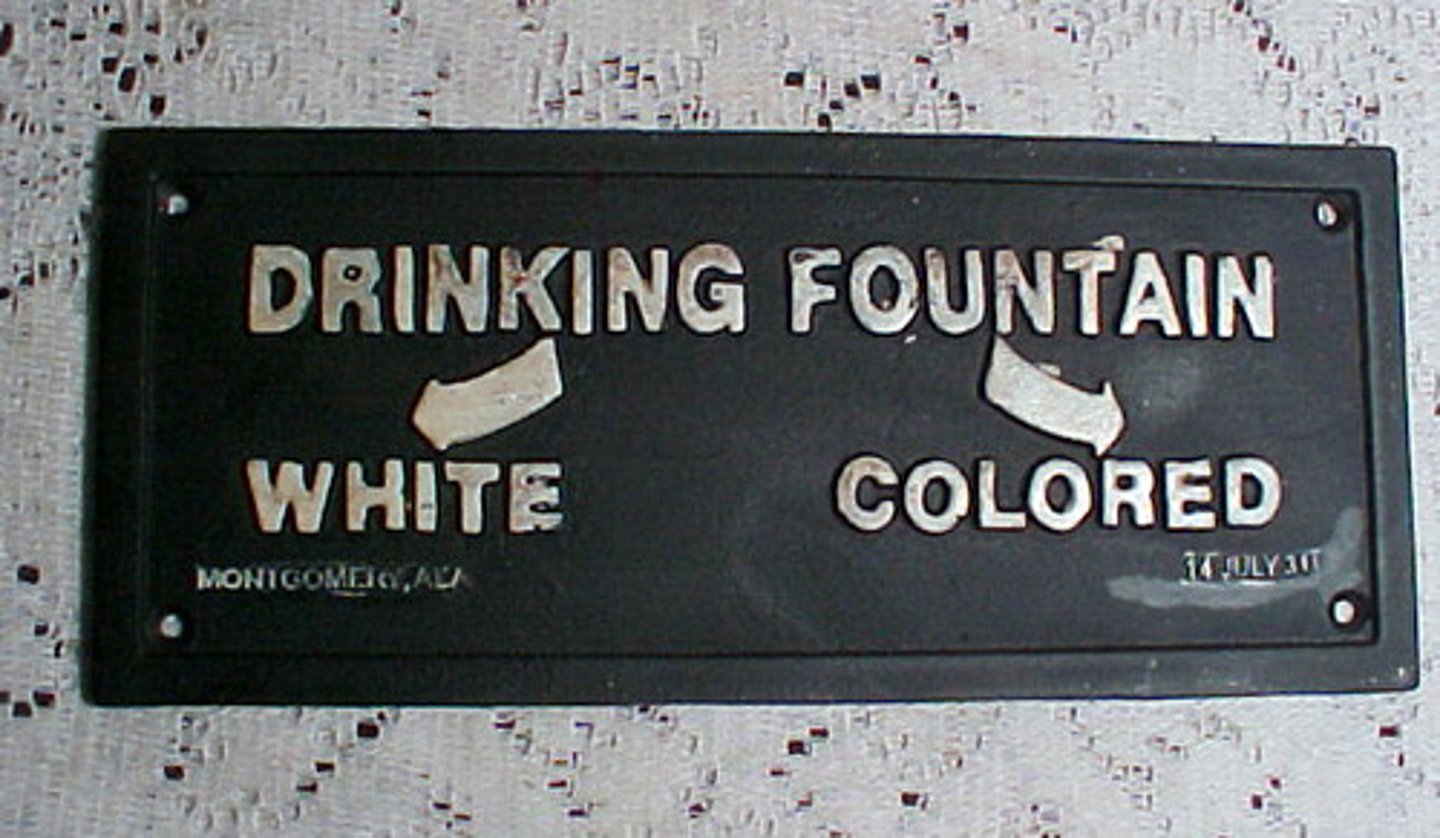
Jim Crow Laws
Laws designed to enforce segregation of blacks from whites in public settings like schools, libraries, buses, restaurants.
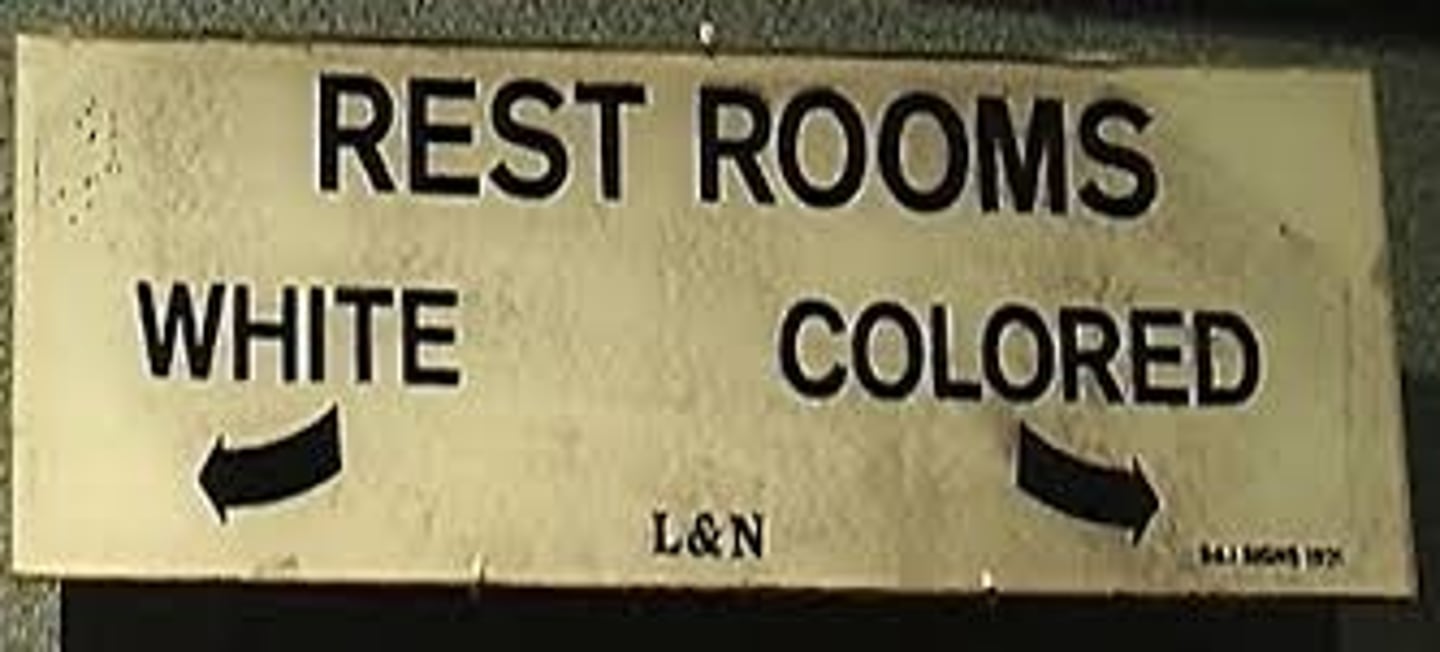
Jim Crow Era
A time period of segregation & inequality between the races that was formalized after Reconstruction and lasted until the Civil Rights Era of the 1960s.
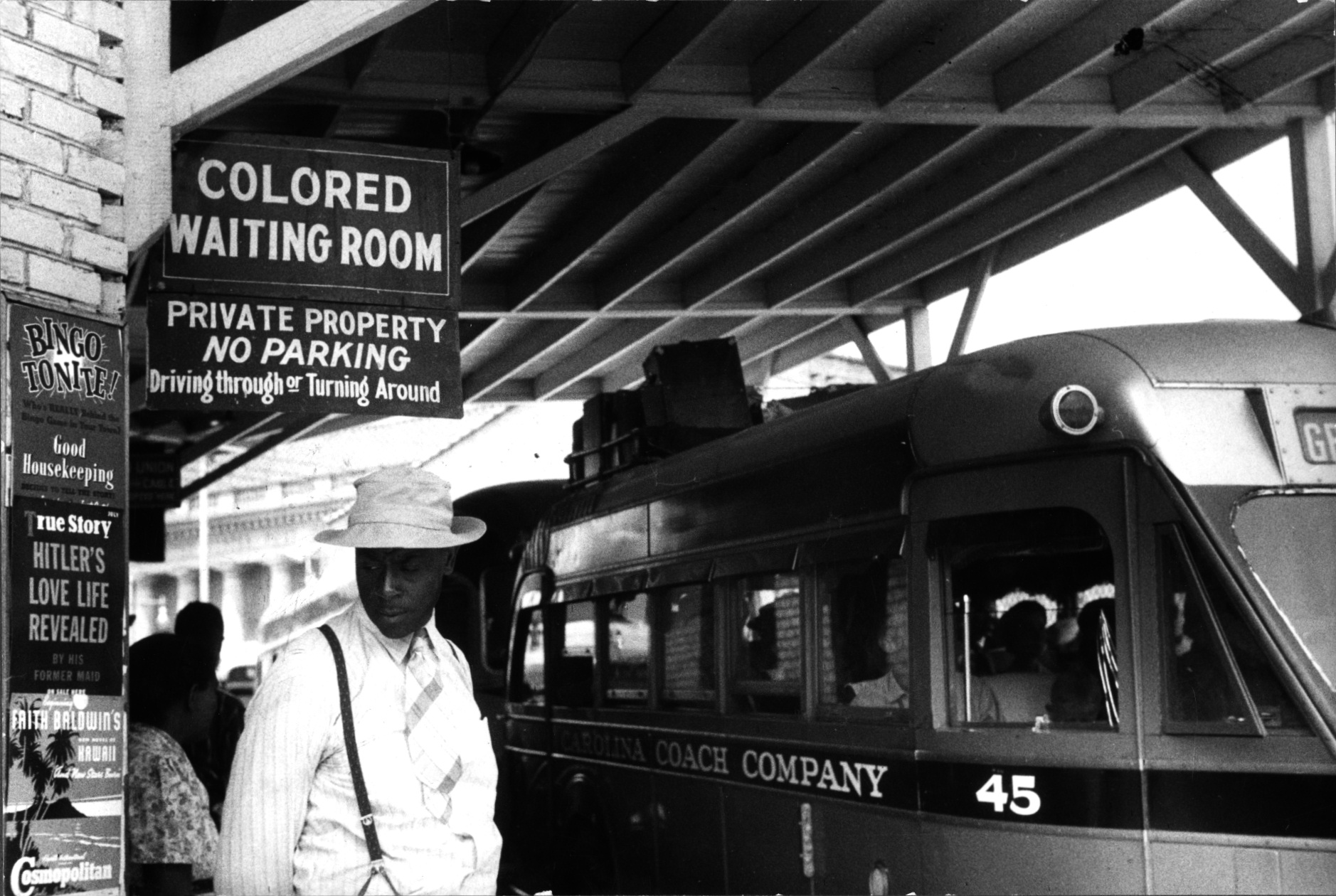
“Home Rule”
The name for the understanding that Southern states would be able to control their own governments & laws after Reconstruction with minimal involvement from the federal government. This meant that upholding rights for Black Americans would be left to the Southern states as well.
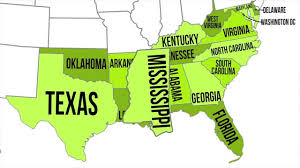
White Supremacy
The false & racist belief that white people are superior to other races and should have the most power in society. (The KKK are white supremacists, for example)
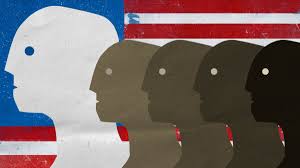
The KKK Act of 1871
This act authorized President Grant to use federal troops to put a stop to the KKK's use of violence and threats against Black Americans who wanted to use their new rights. This law was effective for a few years, until Grant lost his next election.
